
Deutsch-Chinesische Enzyklopädie, 德汉百科
 Minnesota-MN
Minnesota-MN
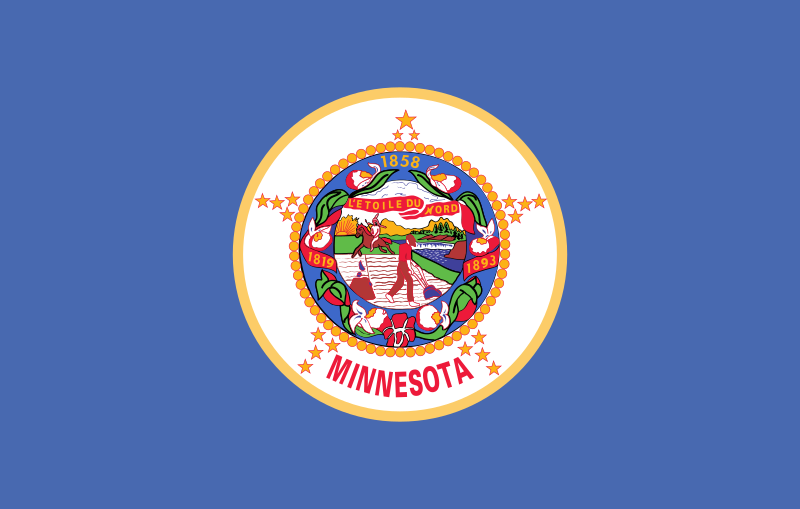

 *United States Political System
*United States Political System

 California-CA
California-CA
 Federal Reserve System,Fed
Federal Reserve System,Fed

 Financial
Financial
 *United States economic data
*United States economic data

 Financial
Financial
 Economic and political research
Economic and political research

 Financial
Financial
 *Brazil economic data
*Brazil economic data

 Financial
Financial
 *China economic data
*China economic data

 Financial
Financial
 *Germany economic data
*Germany economic data

 Financial
Financial
 *European Union economic data
*European Union economic data

 Financial
Financial
 *France economic data
*France economic data

 Financial
Financial
 *India economic data
*India economic data

 Financial
Financial
 *Indonesia economic data
*Indonesia economic data

 Financial
Financial
 *Italy economic data
*Italy economic data

 Financial
Financial
 *Japan economic data
*Japan economic data

 Financial
Financial
 *Canada economic data
*Canada economic data

 Financial
Financial
 *Russia economic data
*Russia economic data

 Financial
Financial
 *United States economic data
*United States economic data

 Financial
Financial
 *United Kingdom economic data
*United Kingdom economic data

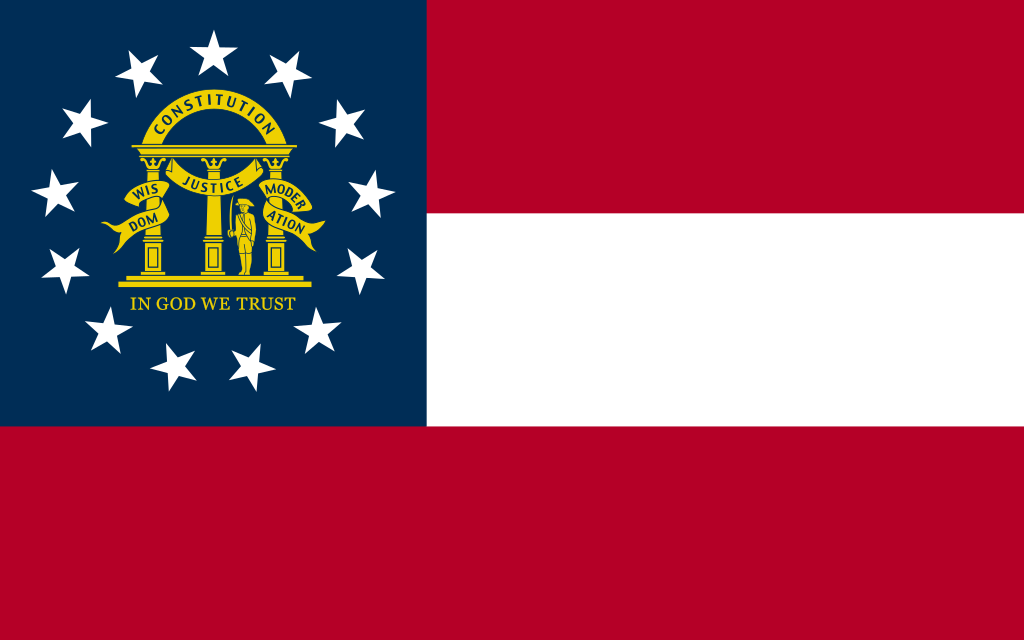 Georgia-GA
Georgia-GA

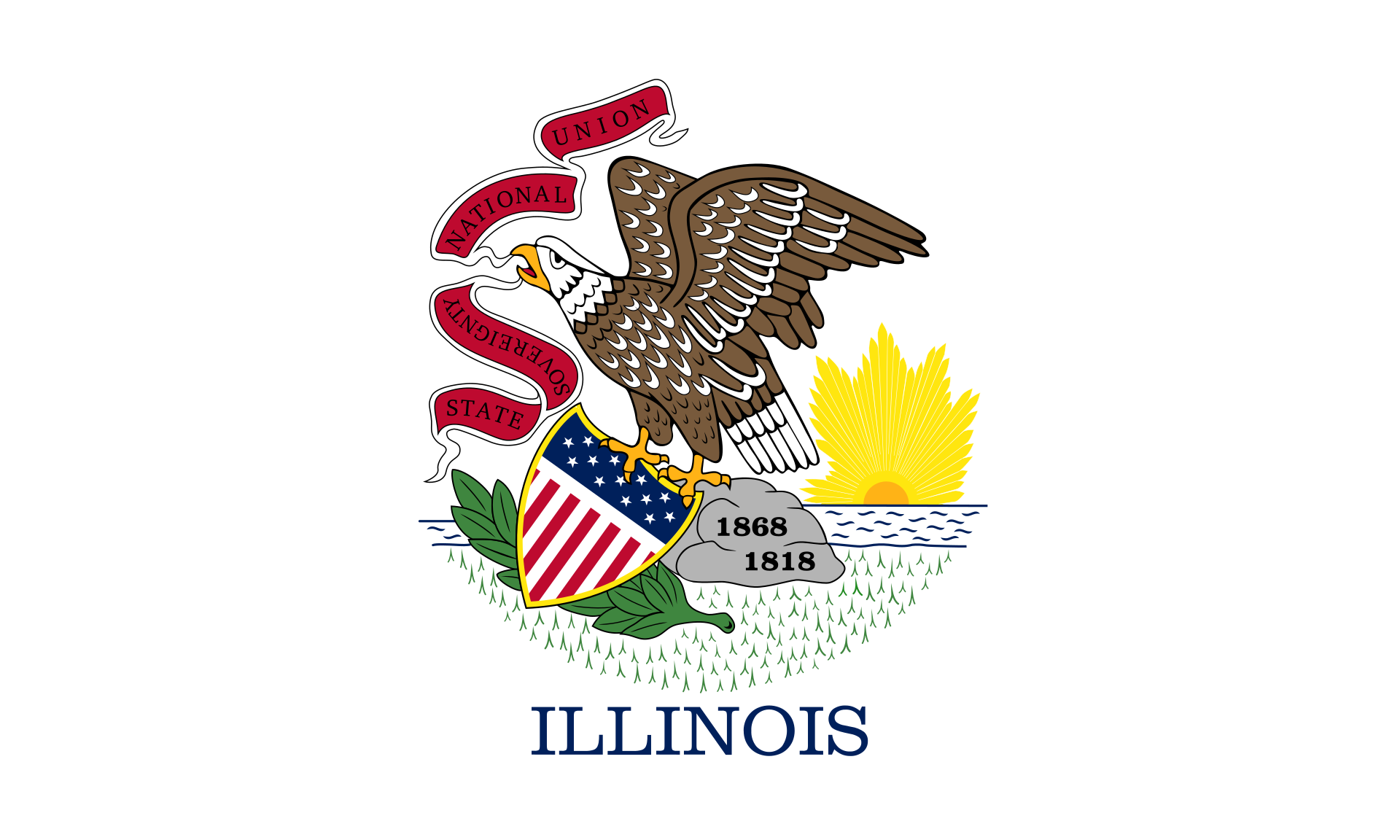 Illinois-IL
Illinois-IL

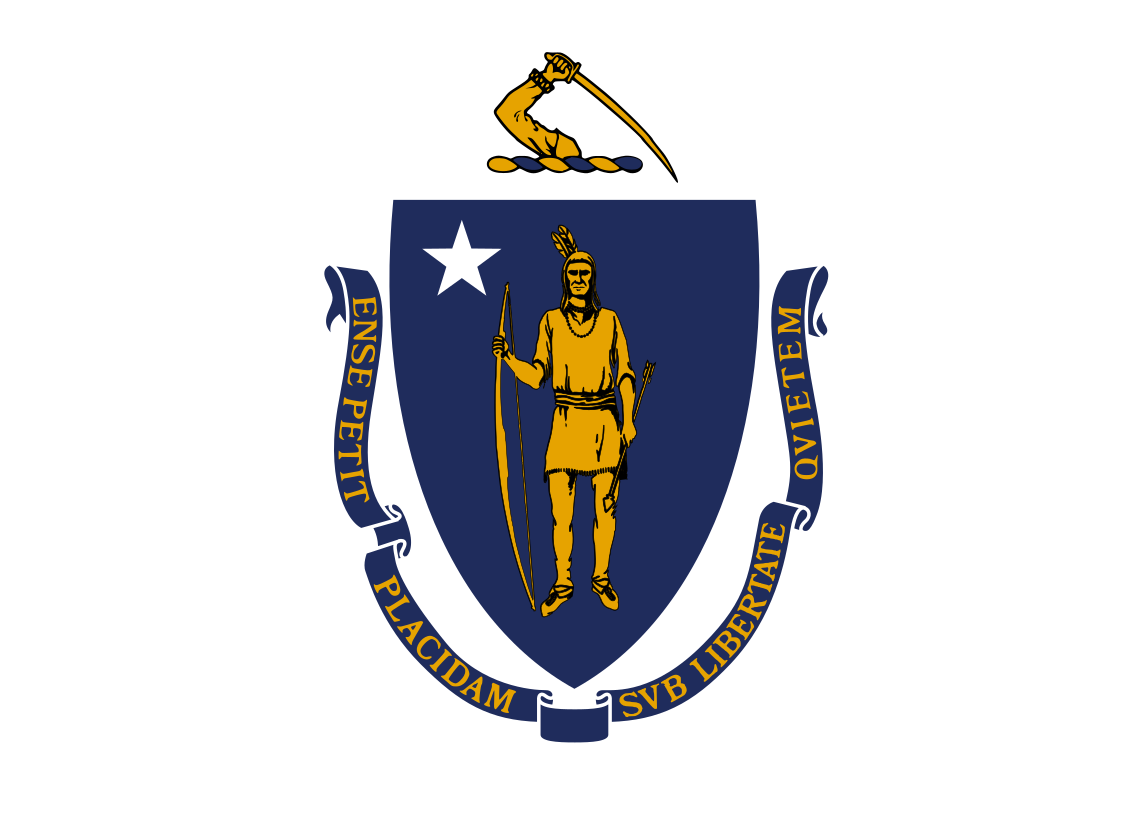 Massachusetts-MA
Massachusetts-MA

 Minnesota-MN
Minnesota-MN

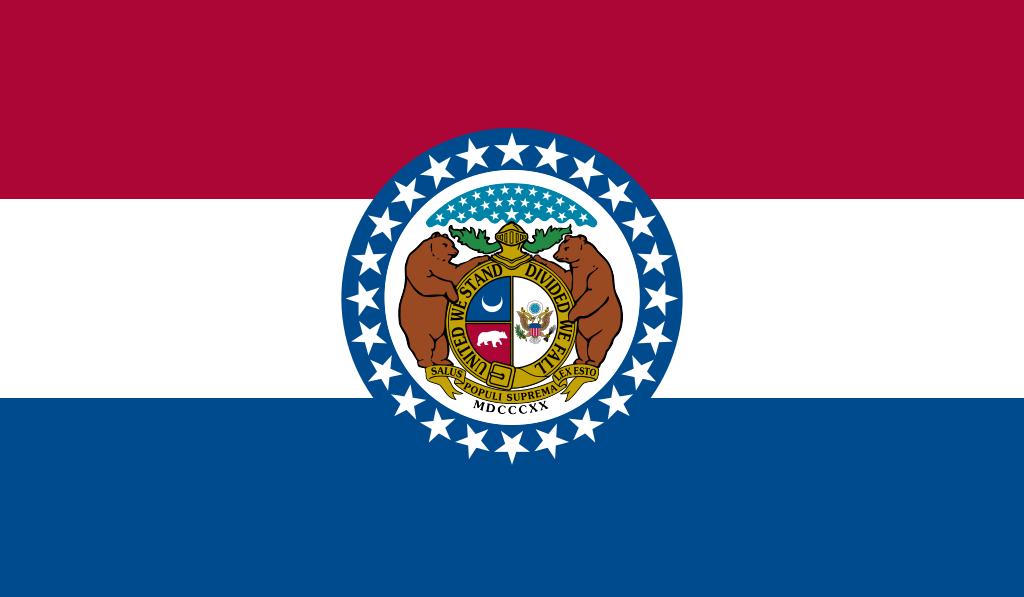 Missouri-MO
Missouri-MO

 New York-NY
New York-NY

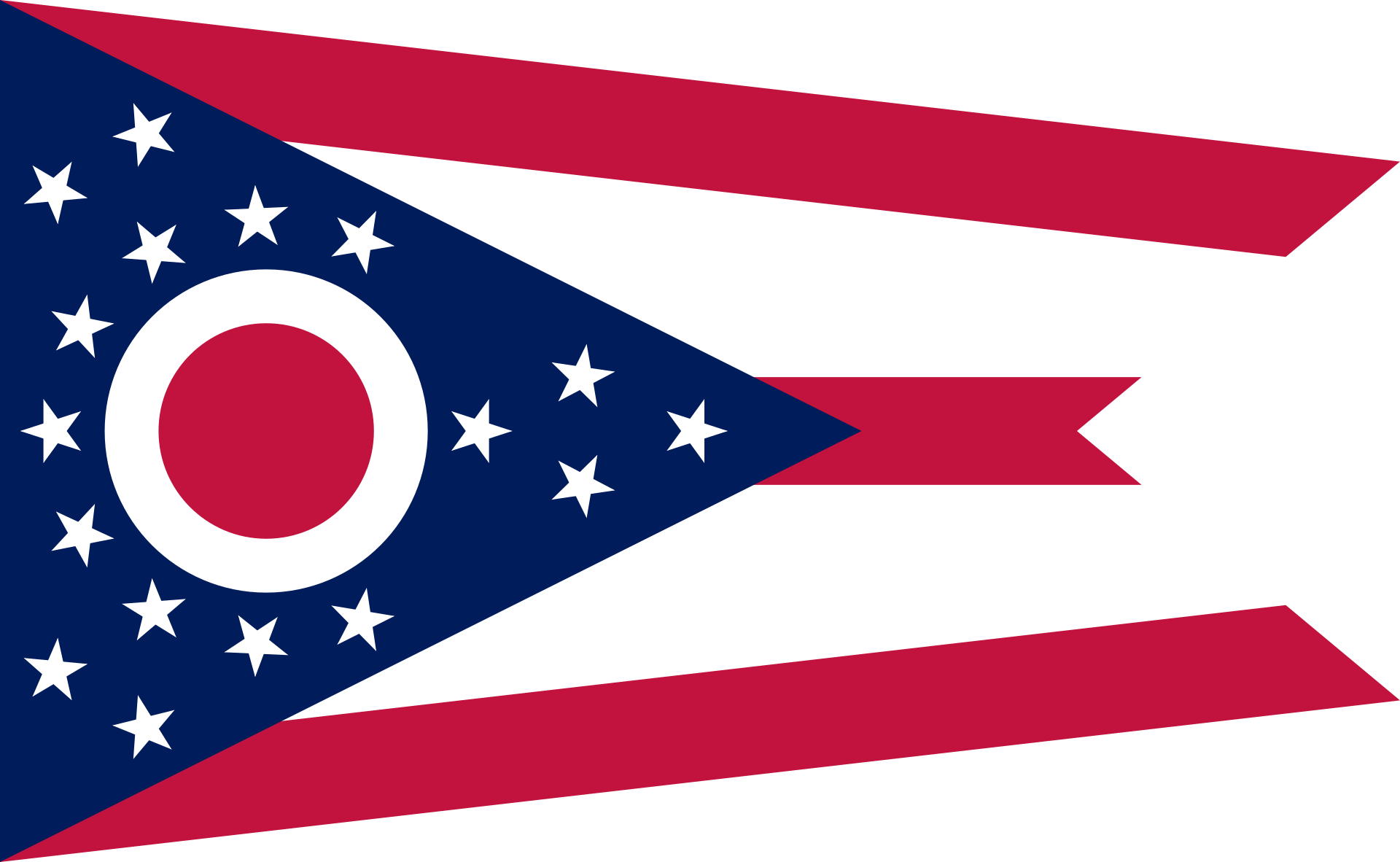 Ohio-OH
Ohio-OH

 Pennsylvania-PA
Pennsylvania-PA

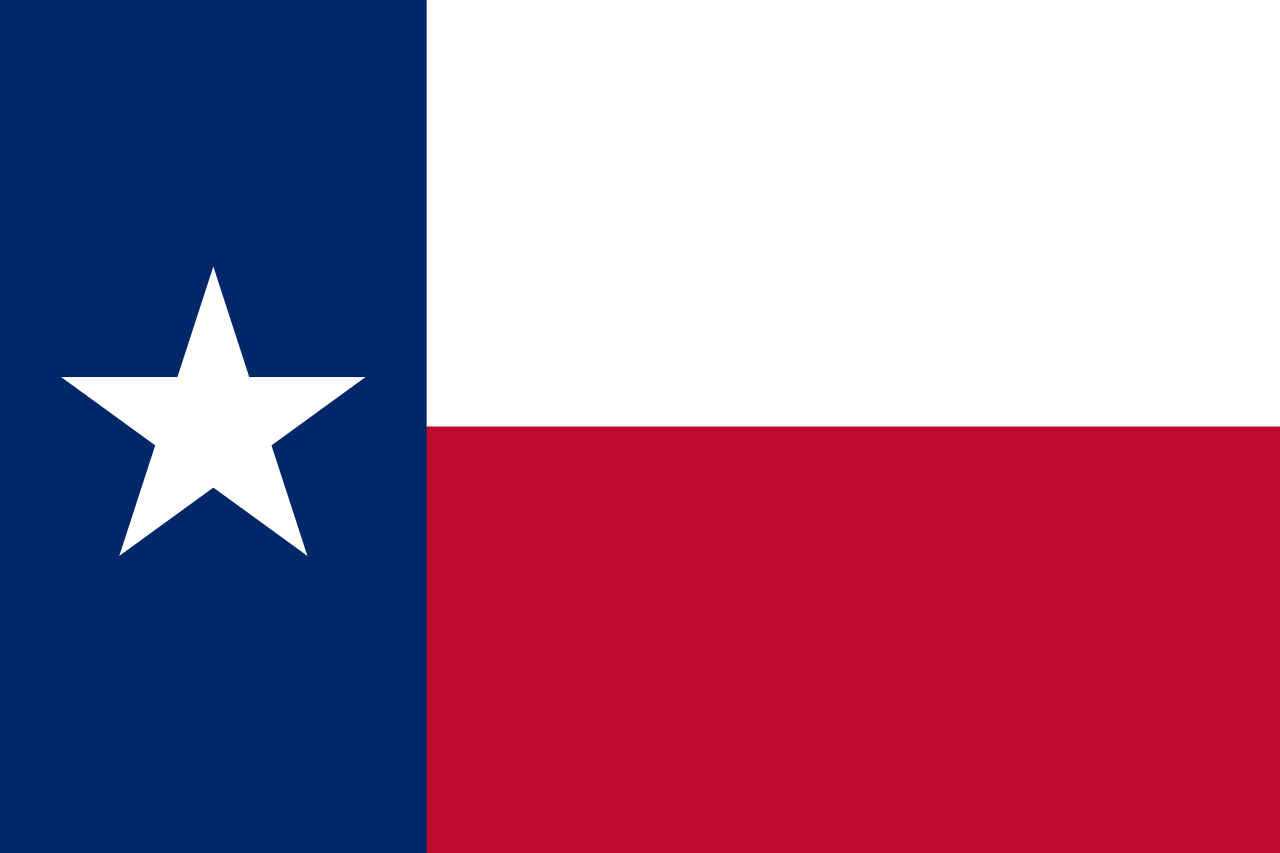 Texas-TX
Texas-TX

 Companies
Companies
 United States
United States

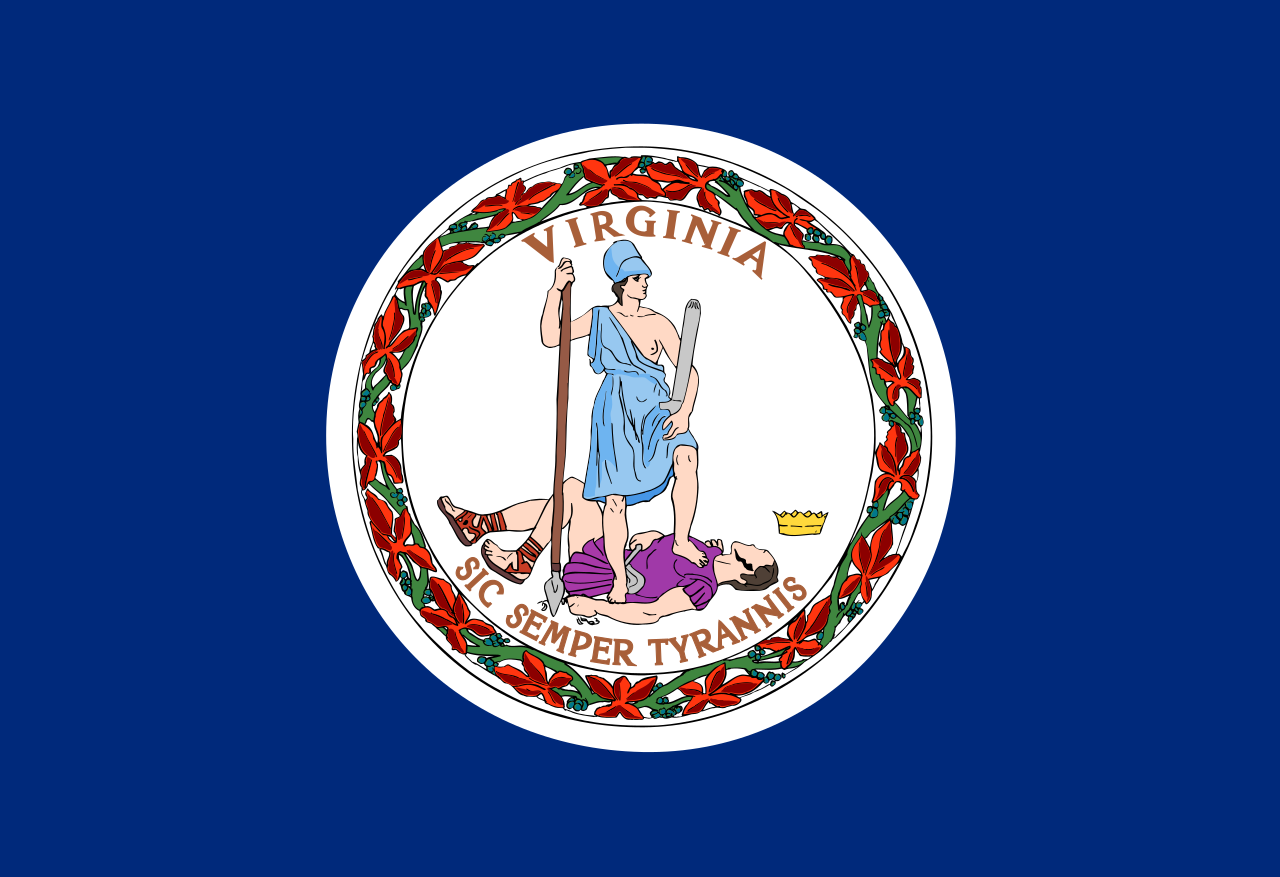 Virginia-VA
Virginia-VA

 Washington, D.C.
Washington, D.C.

 Economy and trade
Economy and trade
 Economic and political research
Economic and political research
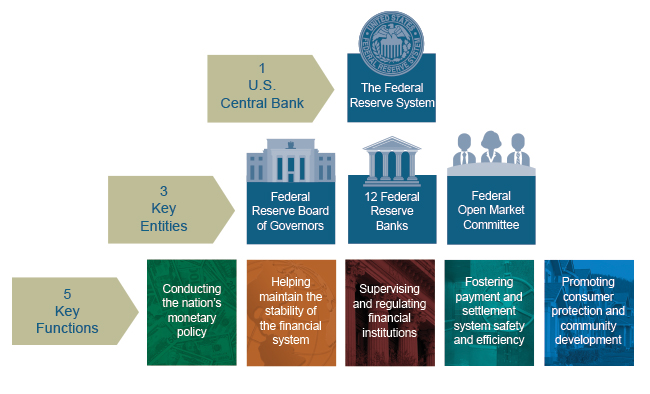

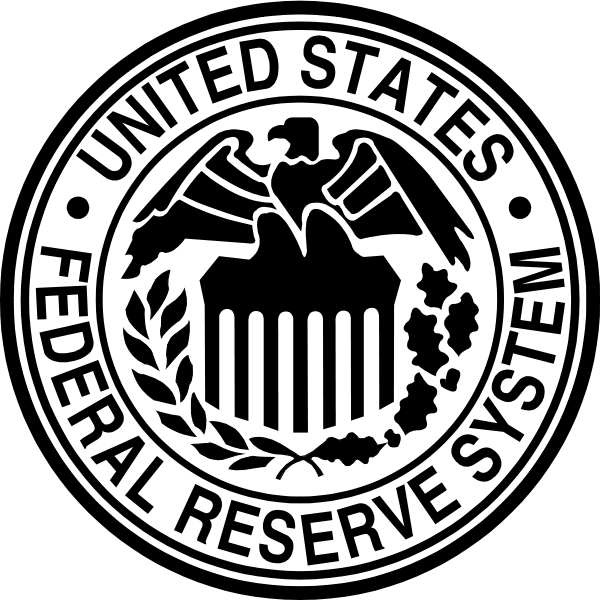
联邦储备系统(英语:Federal Reserve System(Fed),简称美联储)是美国的中央银行体系,依据美国国会通过的1913年《联邦储备法案》而创设,以避免再度发生类似1907年的银行危机。整个系统包括联邦储备委员会、联邦公开市场委员会、联邦储备银行、三千家会员银行、及3个咨询委员会(Advisory Councils)。
Das Federal Reserve System [ˈfɛdə˞əl rɪˈzɜ˞ːv ˈsɪstəm], oft auch Federal Reserve oder einfach die Fed (als US-Notenbank), ist das Zentralbank-System der Vereinigten Staaten. Es besteht aus dem Board of Governors, zwölf regionalen Federal Reserve Banken, dem Federal Open Market Committee (FOMC), einer Vielzahl von Mitgliedsbanken (Mitgliedspflicht ab einer bestimmten Größe) und anderen Institutionen.
Die Fed berichtet regelmäßig an den Kongress der Vereinigten Staaten über ihre Aktivitäten und ihre Pläne zur Geldpolitik. Das Tagesgeschäft und die operativen Entscheidungen der Fed werden von ihr frei und eigenständig entschieden. Der Kongress hat allerdings die Befugnis, die Gesetze betreffend die Geschäftstätigkeit der Fed zu ändern.[1]
連邦準備制度(れんぽうじゅんびせいど、英語: Federal Reserve System, FRS)は、アメリカ合衆国の中央銀行制度である。ワシントンD.C.にある連邦準備制度理事会(Federal Reserve Board, FRB)が全国の主要都市に散在する連邦準備銀行(Federal Reserve Bank, FRB)を統括する。連邦準備制度理事会は連邦議会の下にある政府機関であるが、予算の割当や人事の干渉を受けない。各連邦準備銀行は株式を発行する法人(body corporate)である。
The Federal Reserve System (also known as the Federal Reserve or simply the Fed) is the central banking system of the United States of America. It was created on December 23, 1913, with the enactment of the Federal Reserve Act, after a series of financial panics (particularly the panic of 1907) led to the desire for central control of the monetary system in order to alleviate financial crises.[list 1] Over the years, events such as the Great Depression in the 1930s and the Great Recession during the 2000s have led to the expansion of the roles and responsibilities of the Federal Reserve System.[5][10][11]
The U.S. Congress established three key objectives for monetary policy in the Federal Reserve Act: maximizing employment, stabilizing prices, and moderating long-term interest rates.[12] The first two objectives are sometimes referred to as the Federal Reserve's dual mandate.[13] Its duties have expanded over the years, and currently also include supervising and regulating banks, maintaining the stability of the financial system, and providing financial services to depository institutions, the U.S. government, and foreign official institutions.[14] The Fed also conducts research into the economy and provides numerous publications, such as the Beige Book and the FRED database.
The Federal Reserve System is composed of several layers. It is governed by the presidentially appointed board of governors or Federal Reserve Board (FRB). Twelve regional Federal Reserve Banks, located in cities throughout the nation, regulate and oversee privately owned commercial banks.[15][16][17] Nationally chartered commercial banks are required to hold stock in, and can elect some of the board members of, the Federal Reserve Bank of their region. The Federal Open Market Committee (FOMC) sets monetary policy. It consists of all seven members of the board of governors and the twelve regional Federal Reserve Bank presidents, though only five bank presidents vote at a time (the president of the New York Fed and four others who rotate through one-year voting terms). There are also various advisory councils. Thus, the Federal Reserve System has both public and private components.[list 2] It has a structure unique among central banks, and is also unusual in that the United States Department of the Treasury, an entity outside of the central bank, prints the currency used.[22]
The federal government sets the salaries of the board's seven governors, and it receives all the system's annual profits, after a statutory dividend of 6% on member banks' capital investment is paid, and an account surplus is maintained. In 2015, the Federal Reserve earned a net income of $100.2 billion and transferred $97.7 billion to the U.S. Treasury.[23] Although an instrument of the US Government, the Federal Reserve System considers itself "an independent central bank because its monetary policy decisions do not have to be approved by the President or anyone else in the executive or legislative branches of government, it does not receive funding appropriated by Congress, and the terms of the members of the board of governors span multiple presidential and congressional terms."[24]
La Réserve fédérale (officiellement Federal Reserve System, souvent raccourci en Federal Reserve ou Fed) est la banque centrale des États-Unis. Elle est créée en décembre 1913, durant les fêtes, par le Federal Reserve Act dit aussi Owen-Glass Act, à la suite de plusieurs crises bancaires, dont la panique bancaire américaine de 1907. Son rôle évolue depuis et elle renforce son indépendance lors de l'instabilité monétaire des années 1975 et 1985.
Le Congrès des États-Unis définit trois objectifs de politique monétaire dans le Federal Reserve Act : plein emploi, stabilité des prix, et taux d'intérêt à long terme modérés1. Les deux premiers sont souvent appelés le « double objectif » ou « double mandat » de la Fed2. Outre la politique monétaire, la Fed est maintenant chargée de superviser et réguler le système bancaire, de maintenir la stabilité du système financier, et d'offrir des prestations financières aux organismes de dépôt, au gouvernement fédéral, et aux institutions financières étrangères3. Elle étudie de surcroît l'économie américaine, et publie de nombreux rapports, tels que le livre beige, un résumé des conditions économiques dans chaque région.
La Réserve fédérale se compose d'un conseil des gouverneurs (dont Jerome Powell est le président depuis 2018), du Federal Open Market Committee (FOMC), de douze banques régionales (Federal Reserve Banks), des banques membres, et de plusieurs conseils consultatifs4,5. Le FOMC est le comité responsable de la politique monétaire ; il se compose des sept membres du bureau des gouverneurs et des douze présidents des banques régionales (dont cinq seulement ont le droit de vote à un moment donné). La Réserve fédérale comporte ainsi des aspects publics et privés : cette structure est unique au monde pour une banque centrale, et correspond à une volonté de répondre à la fois à l'intérêt public et à ceux, privés, des banques membres. Une autre particularité du système monétaire américain est que ce n'est pas la banque centrale mais le département du Trésor qui crée la monnaie fiduciaire6.
La Fed est une banque centrale indépendante : ses décisions ne sont pas sujettes à l'autorisation du président des États-Unis ou d'une autre partie du gouvernement fédéral, elle ne reçoit pas de budget du Congrès, et les mandats des gouverneurs sont beaucoup plus longs que ceux des élus fédéraux. Le gouvernement peut cependant exercer un contrôle : l'autorité de la Fed est définie par le Congrès et celui-ci peut exercer son droit de surveillance (congressional oversight). Les membres du bureau des gouverneurs, y compris le président et le vice-président, sont nommés par le président des États-Unis et confirmés par le Sénat. Le gouvernement nomme également les hauts fonctionnaires de la banque et fixe leur salaire. Toutes les banques commerciales autorisées à exercer en dehors d'un seul État sont obligatoirement membres de la Réserve fédérale régionale où se trouve leur siège et détiennent des parts dans celle-ci, ce qui autorise ces banques à élire une partie des membres du bureau de chaque Réserve fédérale régionale. Le gouvernement fédéral reçoit tous les profits de la Fed, hormis un dividende de 6 % versé aux banques membres.
Il Federal Reserve System, conosciuto anche come Federal Reserve (it. Riserva federale) ed informalmente come la Fed, è la banca centrale degli Stati Uniti d'America.
El Sistema de la Reserva Federal (en inglés, Federal Reserve System, también conocido como Reserva Federal o informalmente Fed) es el banco central de los Estados Unidos.1 Es un consorcio publico-privado que controla la estructura organizativa en la cual participa una agencia gubernamental, conocida como Junta de Gobernadores, con sede en Washington D. C.2 Así, algunos consideran esto como el aspecto público del sistema, y los 12 Bancos de la Reserva de todo el país el aspecto privado.3 Está encargada de custodiar parte de las reservas de los "bancos miembros" estadounidenses: los federales, y los estatales asociados voluntariamente.4
La Junta de Gobernadores del Sistema de la Reserva Federal es una agencia gubernamental independiente, sin embargo está sujeta a la Ley de Libertad de Información (Freedom of Information Act). Como muchas de las agencias independientes, sus decisiones no tienen que ser aprobadas por el Presidente o por alguna persona del poder ejecutivo o legislativo: son decisiones de carácter unilateral. La Junta de Gobernadores no recibe dinero del Congreso, y su mandato tiene una duración que abarca varias legislaturas. Una vez que el presidente designa a un miembro de la junta, este actúa con "independencia", aunque puede ser destituido por el presidente según lo establecido en la sección 242, Título 12, del Código de Estados Unidos.5
El Sistema de la Reserva Federal fue creado el 23 de diciembre de 1913 por la Ley de la Reserva Federal (Federal Reserve Act). Todos los bancos nacionales tuvieron que unirse al sistema. Los billetes de la Reserva Federal (Federal Reserve Notes) fueron creados para tener una oferta monetaria "flexible".6
Федера́льная резе́рвная систе́ма (Federal Reserve System, ФРС, Федеральный резерв, FED) — специально созданное 23 декабря 1913 года независимое федеральное агентство для выполнения функций центрального банка и осуществления централизованного контроля над коммерческой банковской системой Соединённых Штатов Америки. В ФРС входят 12 федеральных резервных банков, расположенных в крупнейших городах, около трёх тысяч коммерческих так называемых банков-членов, назначаемый президентом Совет управляющих, Федеральный комитет по операциям на открытом рынке и консультационные советы. Основанием для создания является Закон о Федеральном резерве. В управлении ФРС определяющую роль играет государство, хотя форма собственности капитала является частной — акционерная с особым статусом акций.
С точки зрения управления, ФРС является независимым органом в правительстве США. Как национальный центральный банк, ФРС получает полномочия от Конгресса США. Независимость в работе обеспечивается тем, что принимаемые решения о кредитно-денежной политике не должны быть одобрены президентом США или кем-либо иным из исполнительной или законодательной ветвей власти. ФРС не получает финансирование от Конгресса. Срок полномочий членов Совета управляющих Федеральной резервной системы охватывает несколько сроков президентских полномочий и членов Конгресса. В то же время ФРС подконтрольна Конгрессу, который часто анализирует деятельность ФРС и может изменить обязанности ФРС законодательным образом[1].
С 2006 по 2014 год пост председателя совета управляющих ФРС занимал Бен Бернанке. В феврале 2014 года его сменила Джанет Йеллен, которая в течение двух лет работала его заместителем[2]. С 5 февраля 2018 года главой Федеральной резервной системы является Джером Пауэлл.
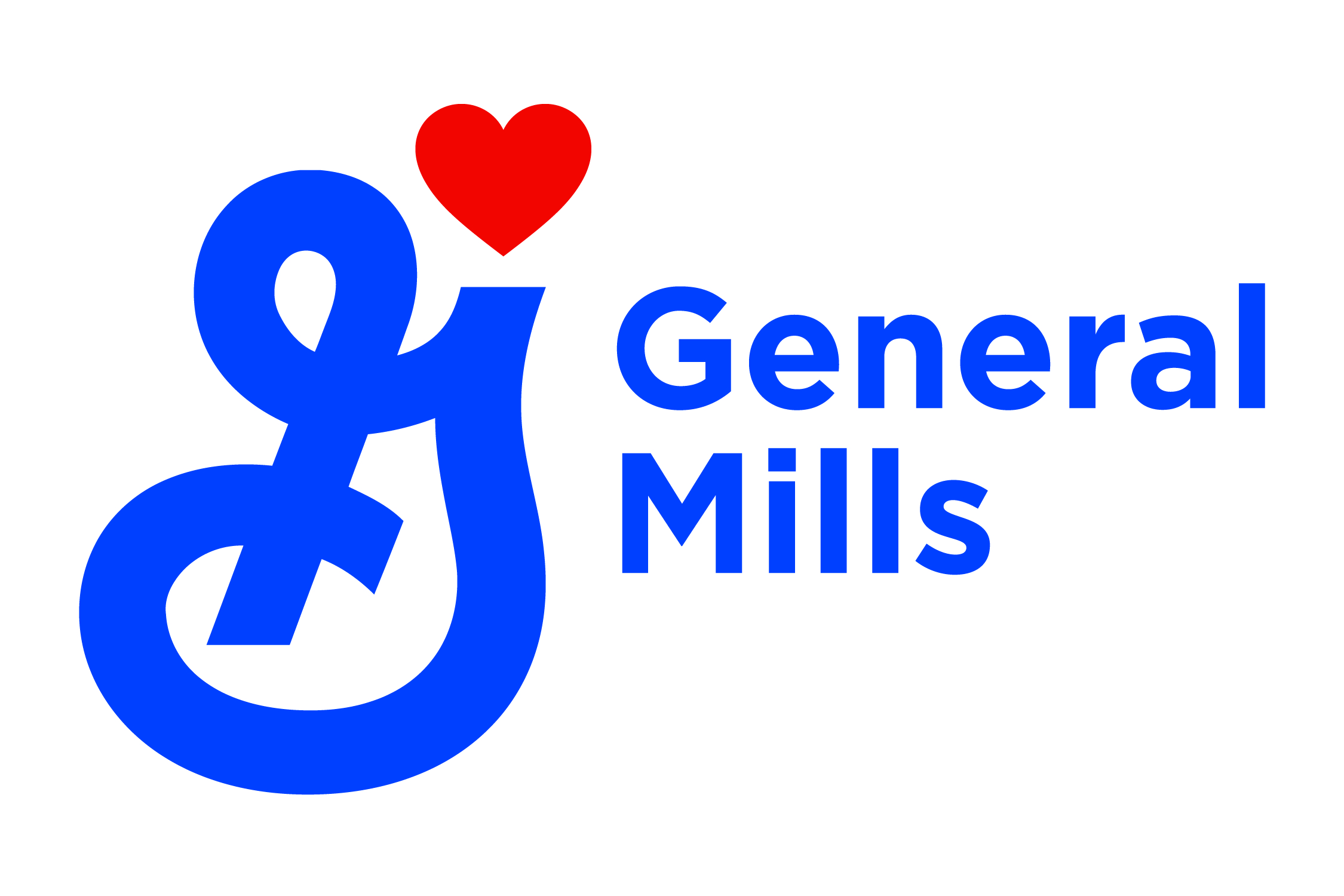

 Alabama-AL
Alabama-AL

 Alaska-AK
Alaska-AK

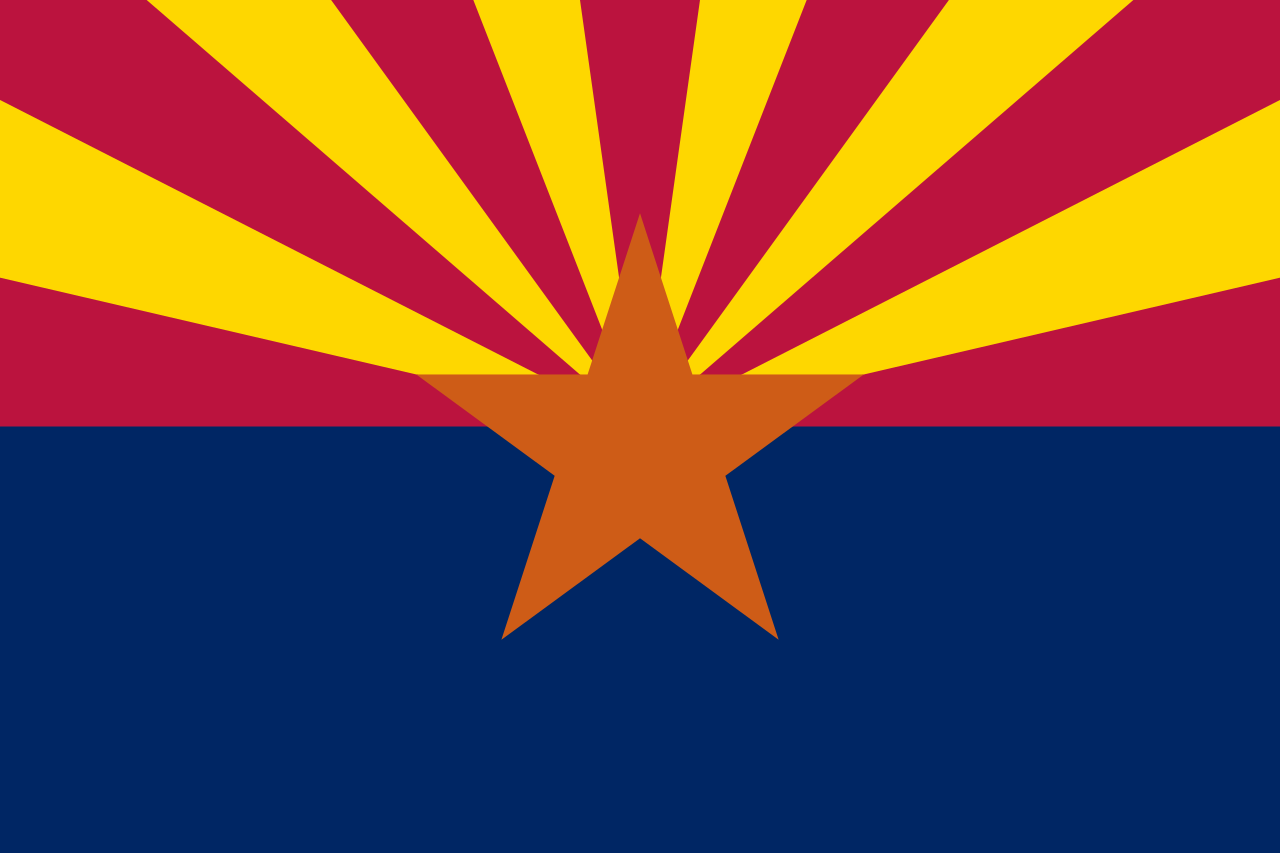 Arizona-AZ
Arizona-AZ

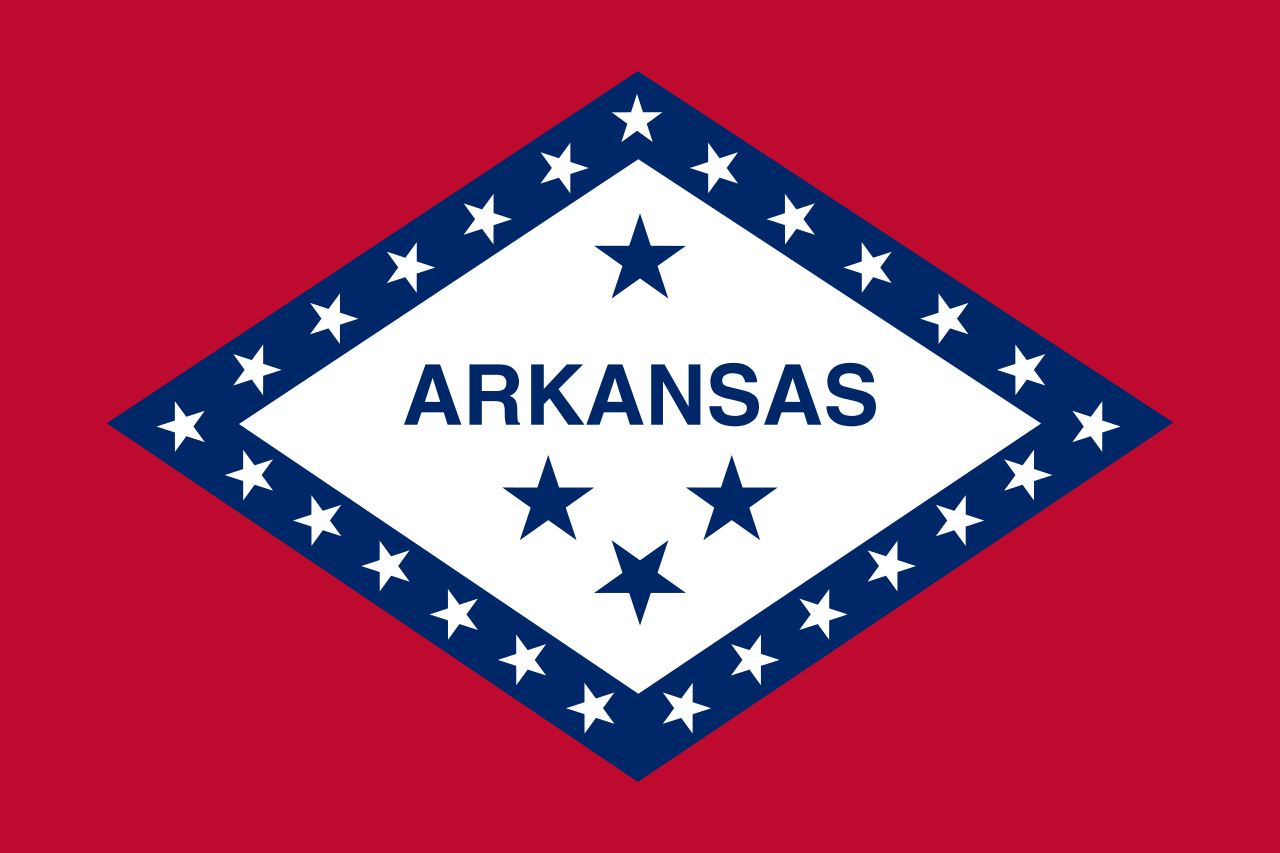 Arkansas-AR
Arkansas-AR

 Education and Research
Education and Research
 Universities and colleges in the United States of America
Universities and colleges in the United States of America

 California-CA
California-CA

 Colorado-CO
Colorado-CO

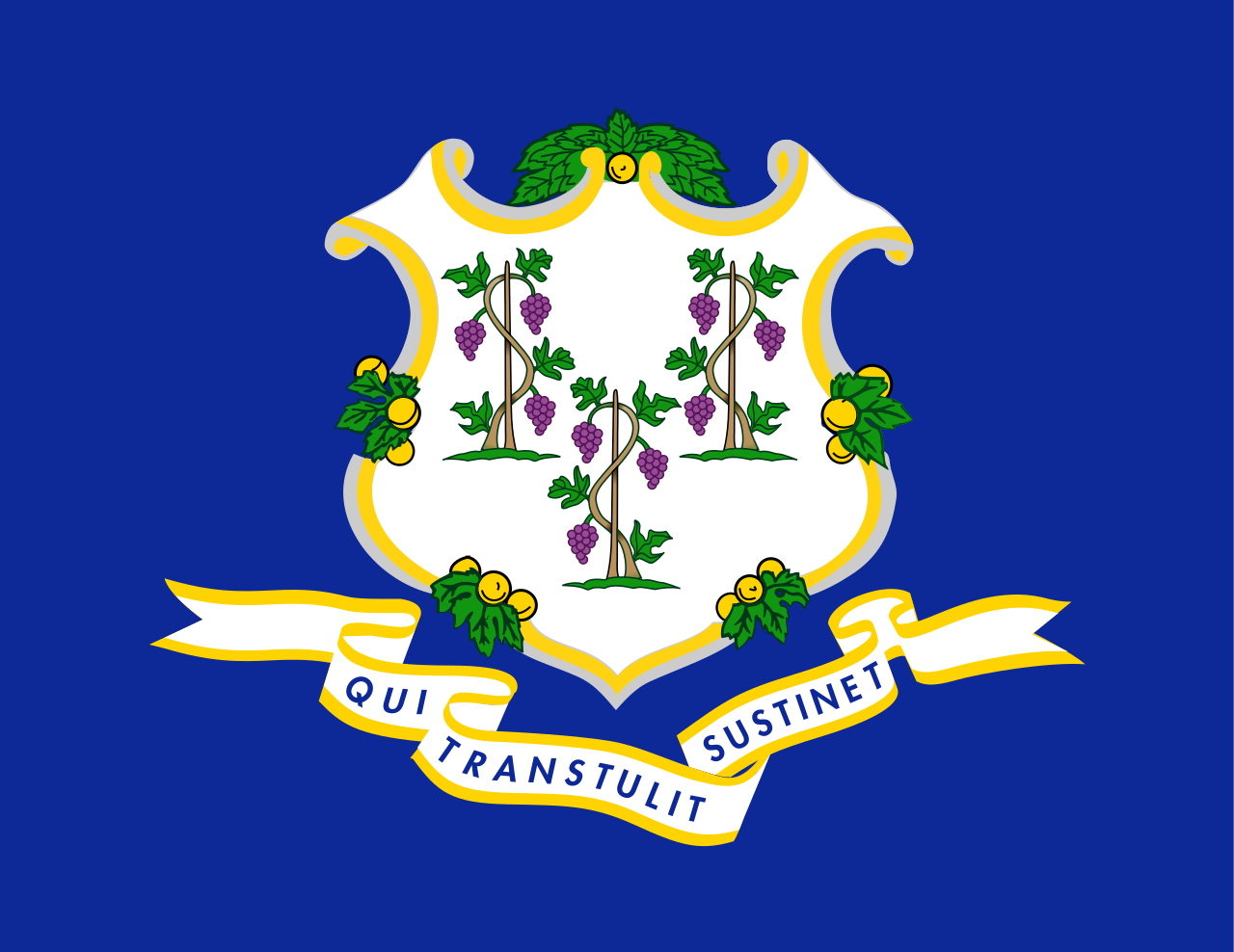 Connecticut-CT
Connecticut-CT

 Delaware-DE
Delaware-DE

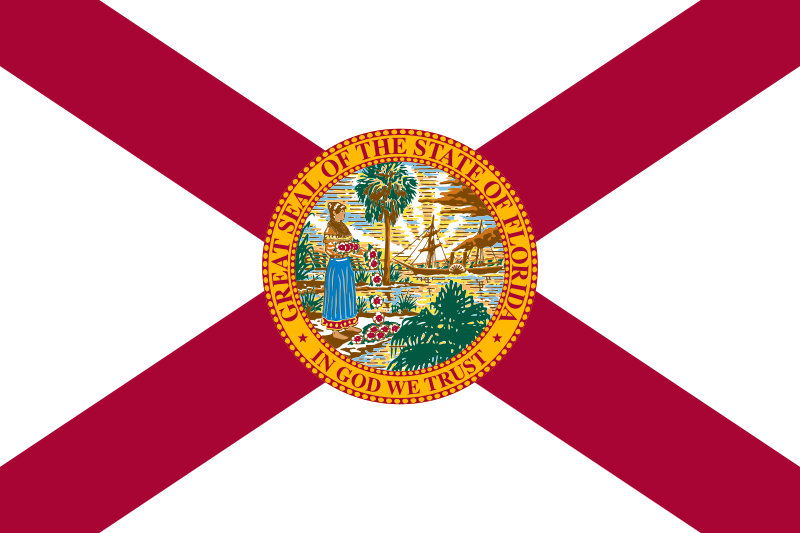 Florida-FL
Florida-FL

 Georgia-GA
Georgia-GA

 Hawaii-HI
Hawaii-HI

 Idaho-ID
Idaho-ID

 Illinois-IL
Illinois-IL

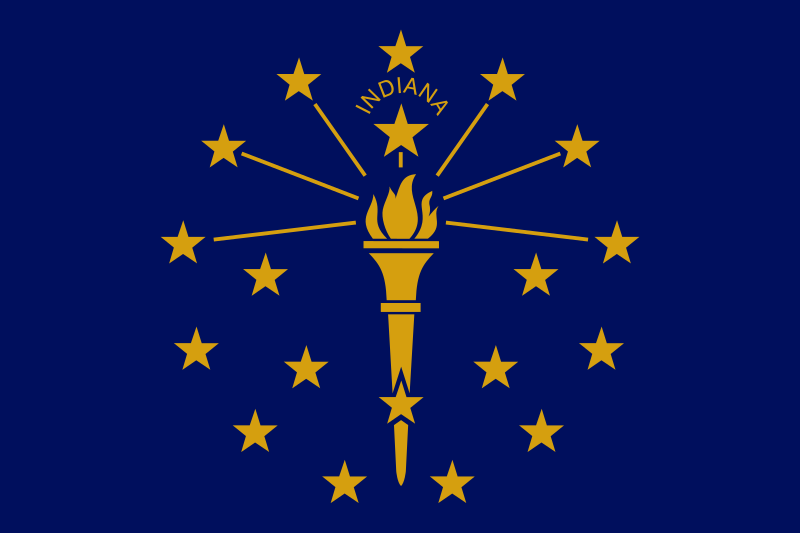 Indiana-IN
Indiana-IN

 Iowa-IA
Iowa-IA

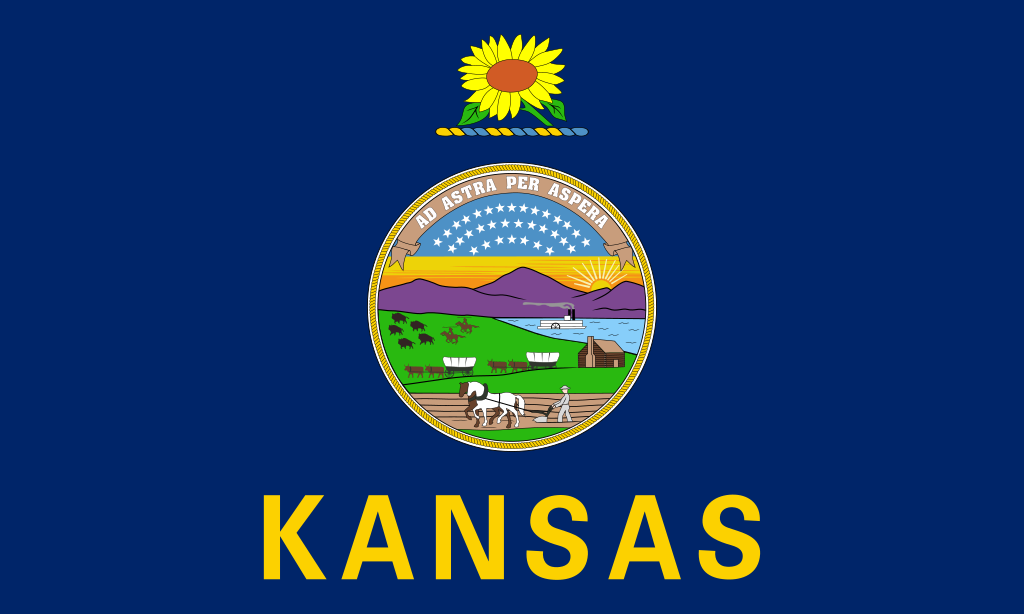 Kansas-KS
Kansas-KS

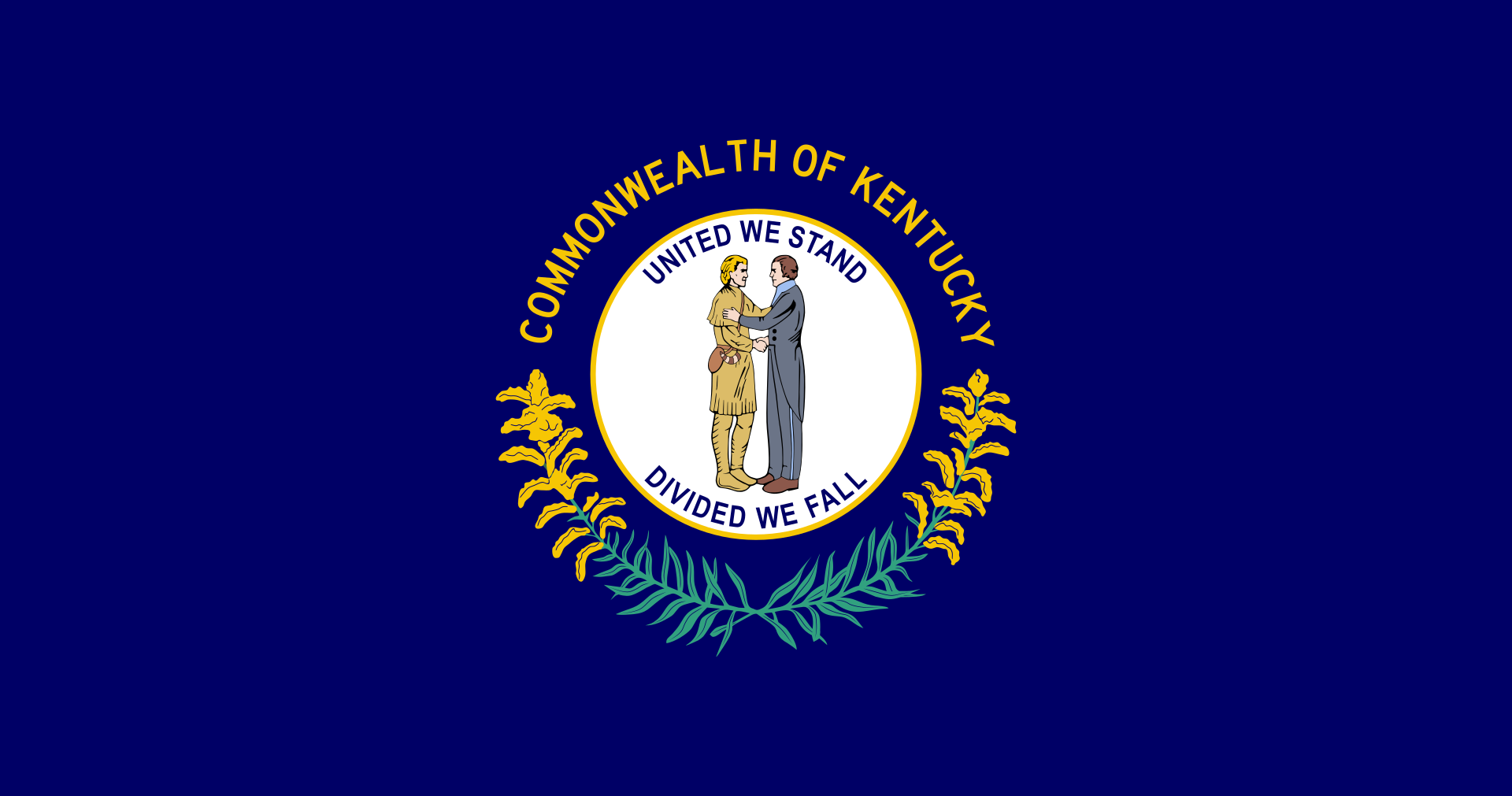 Kentucky-KY
Kentucky-KY

 Louisiana-LA
Louisiana-LA

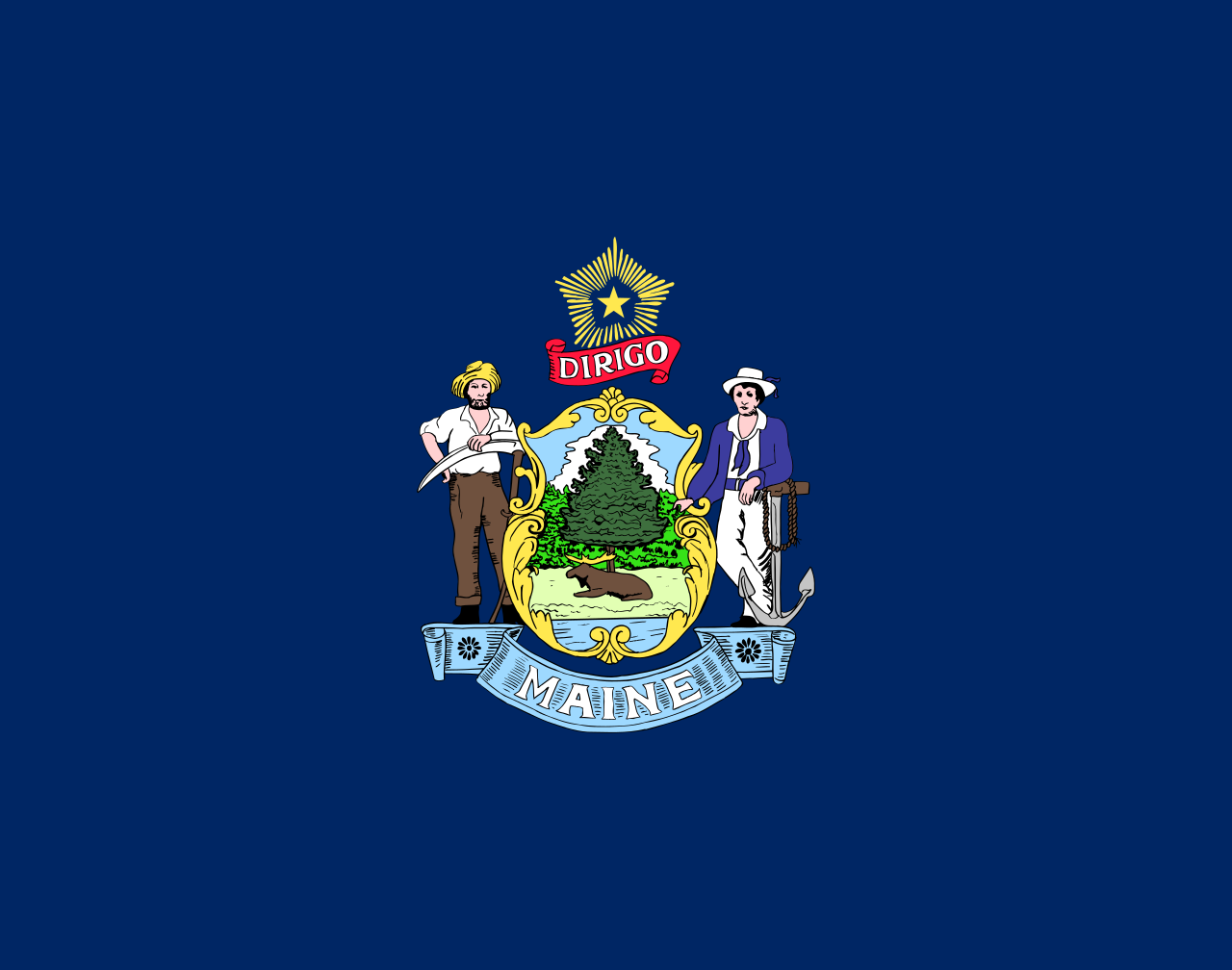 Maine-ME
Maine-ME

 Maryland-MD
Maryland-MD

 Massachusetts-MA
Massachusetts-MA

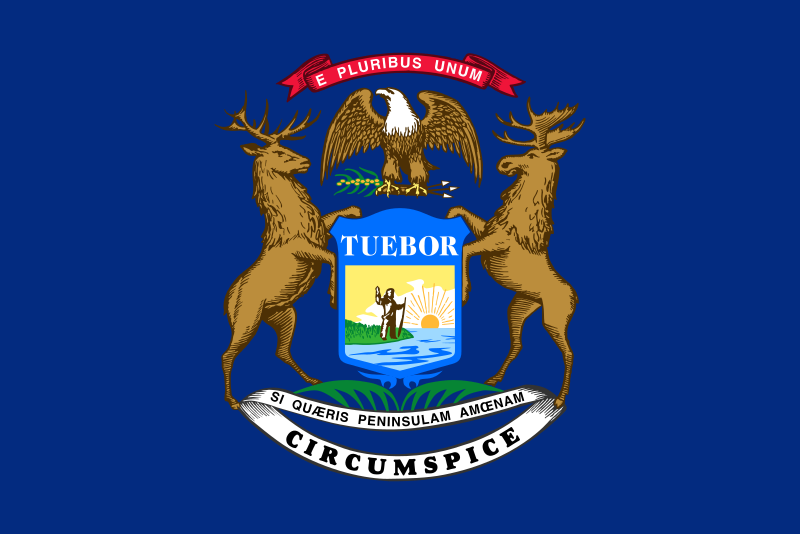 Michigan-MI
Michigan-MI

 Minnesota-MN
Minnesota-MN

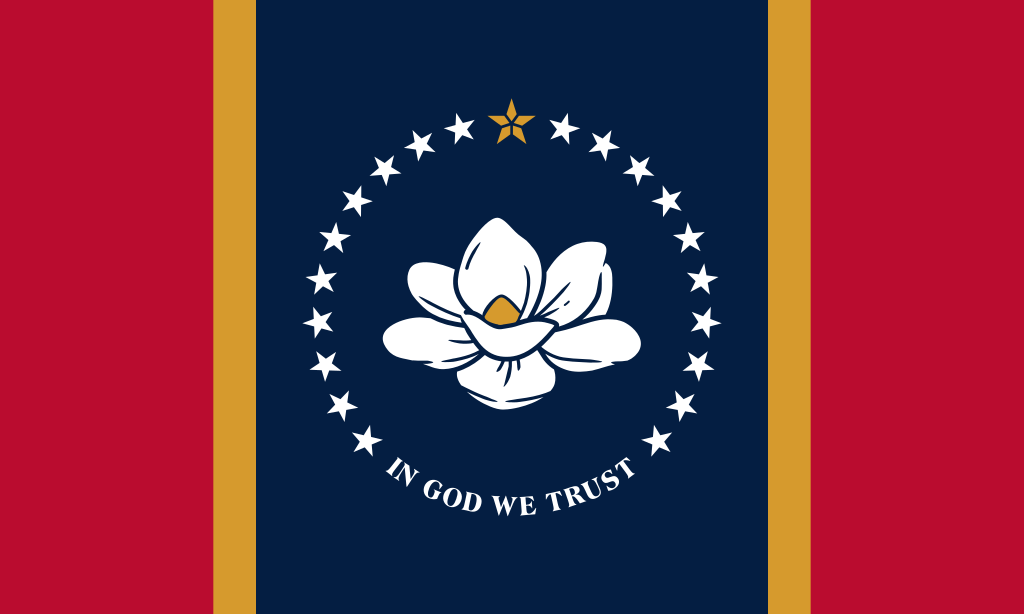 Mississippi-MS
Mississippi-MS

 Missouri-MO
Missouri-MO

 Montana-MT
Montana-MT

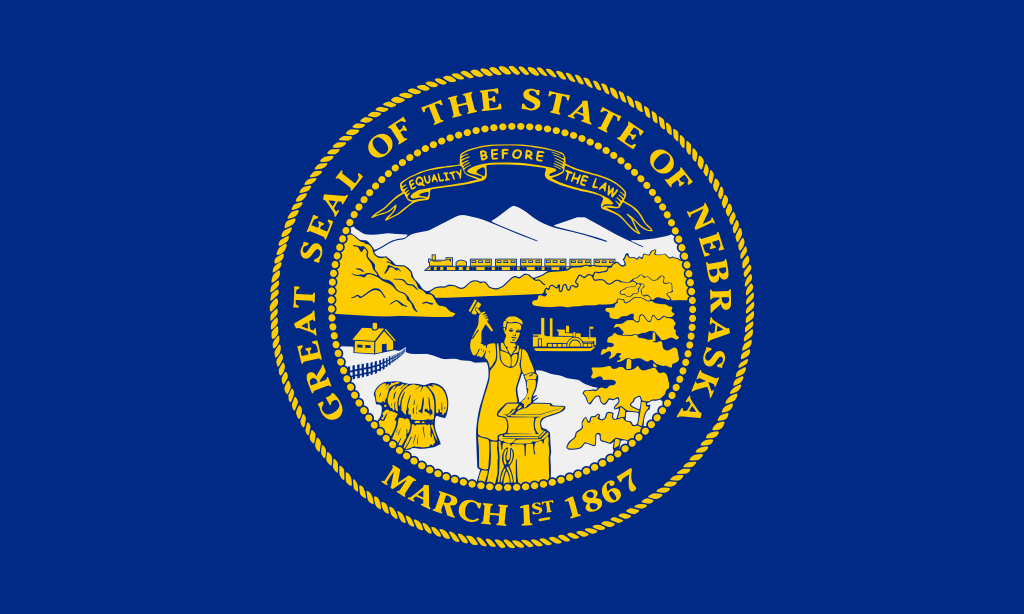 Nebraska-NE
Nebraska-NE

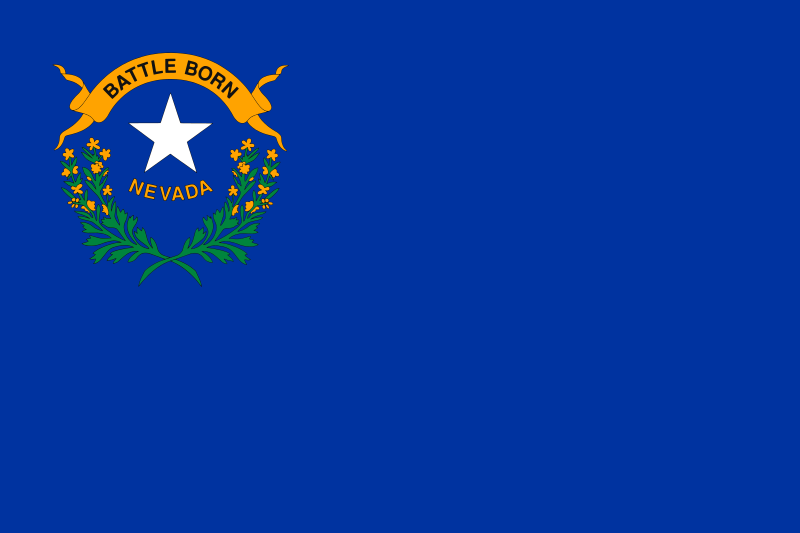 Nevada-NV
Nevada-NV

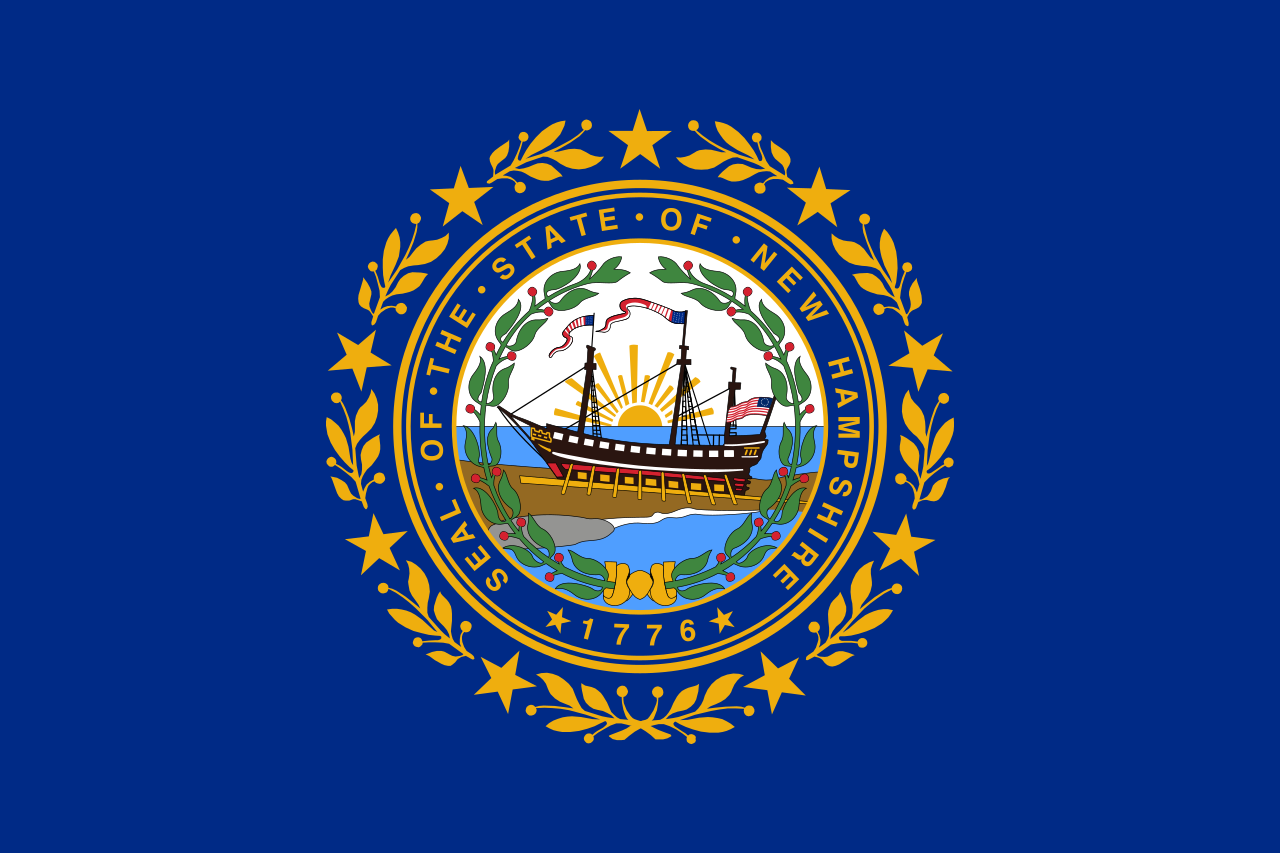 New hampshire-NH
New hampshire-NH

 New jersey-NJ
New jersey-NJ

 New mexico-NM
New mexico-NM

 New York-NY
New York-NY

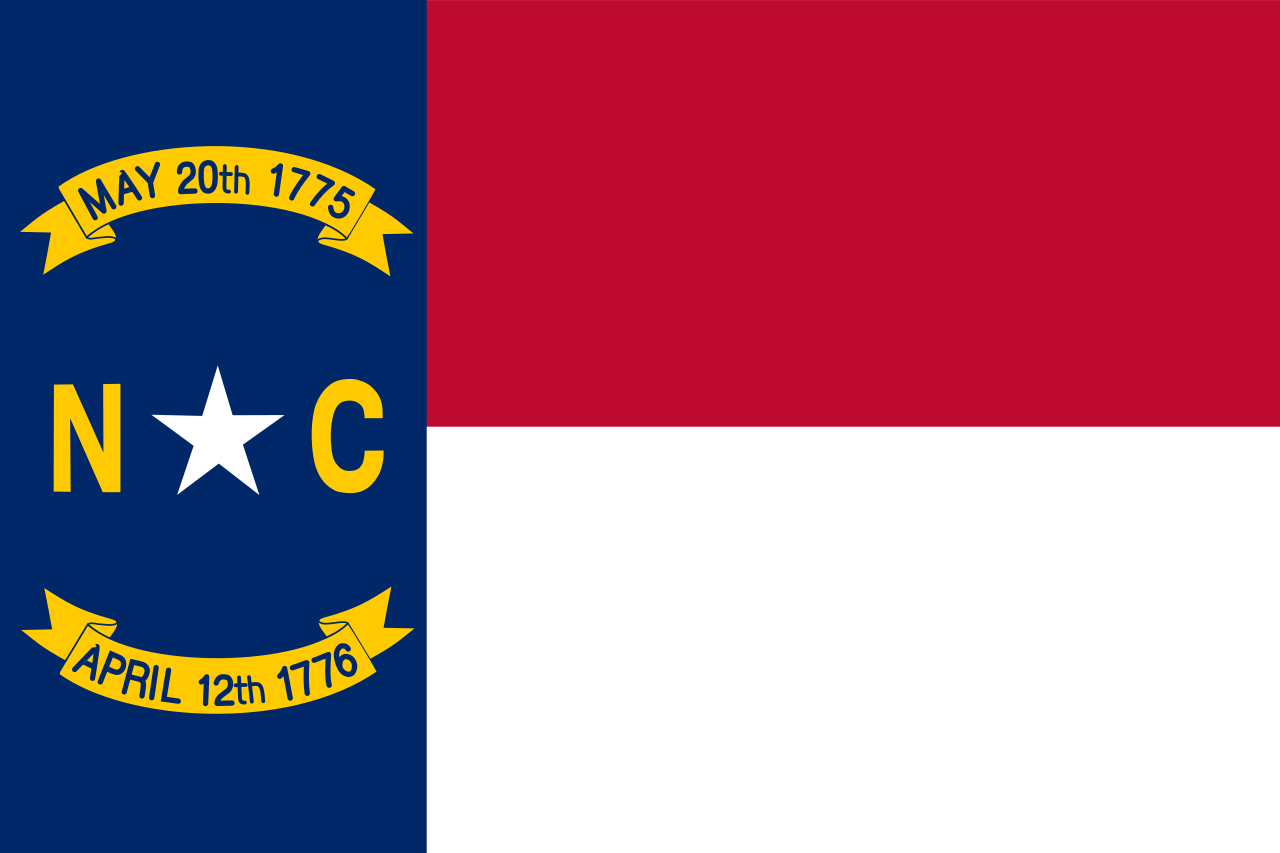 North Carolina-NC
North Carolina-NC

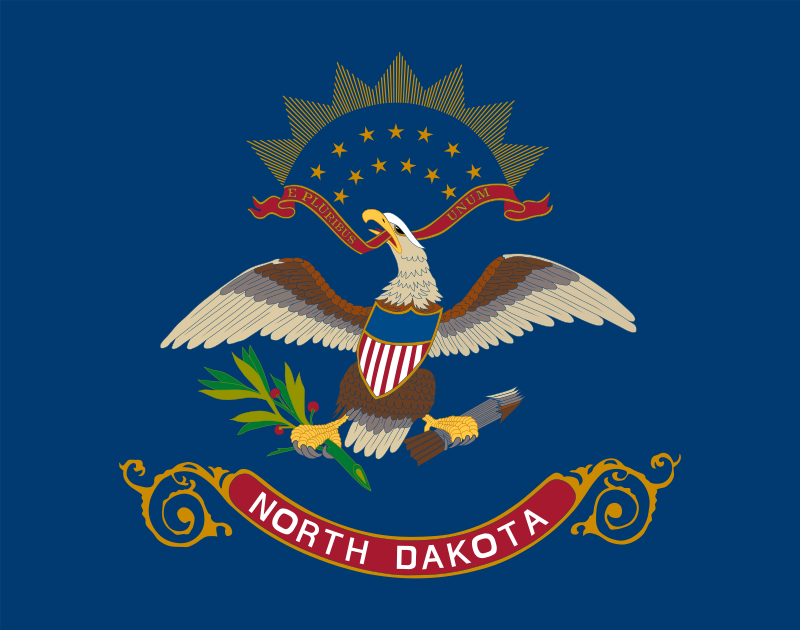 North Dakota-ND
North Dakota-ND

 Ohio-OH
Ohio-OH

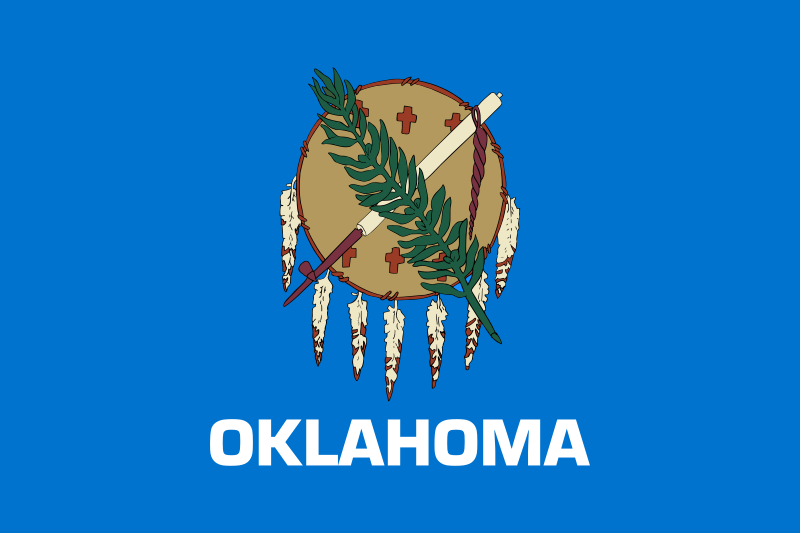 Oklahoma-OK
Oklahoma-OK

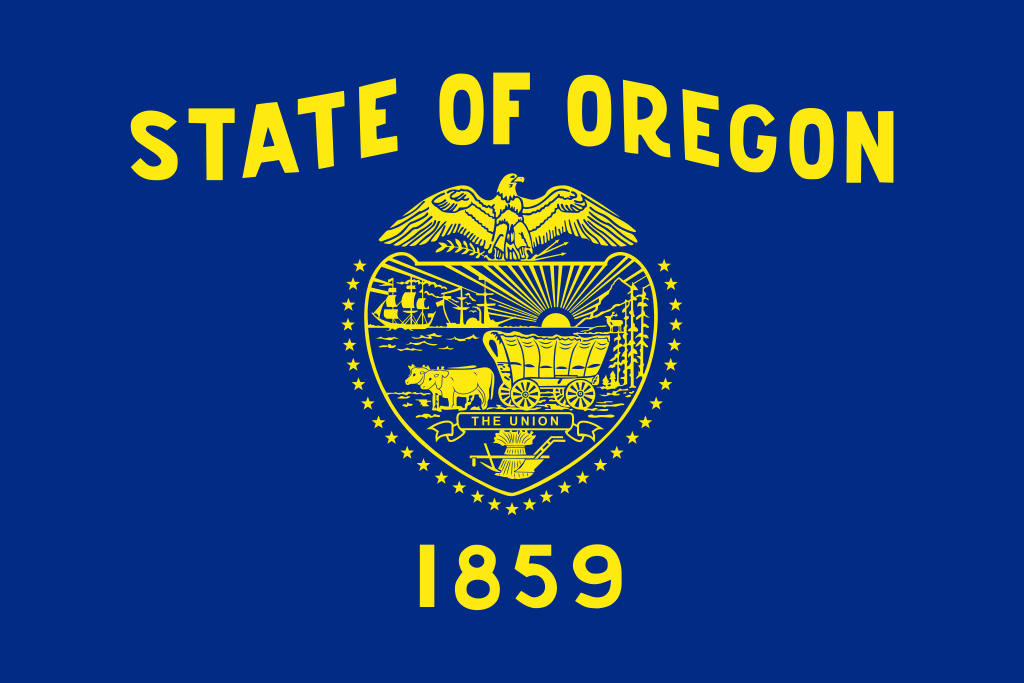 Oregon-OR
Oregon-OR

 Pennsylvania-PA
Pennsylvania-PA

 Rhode Island-RI
Rhode Island-RI

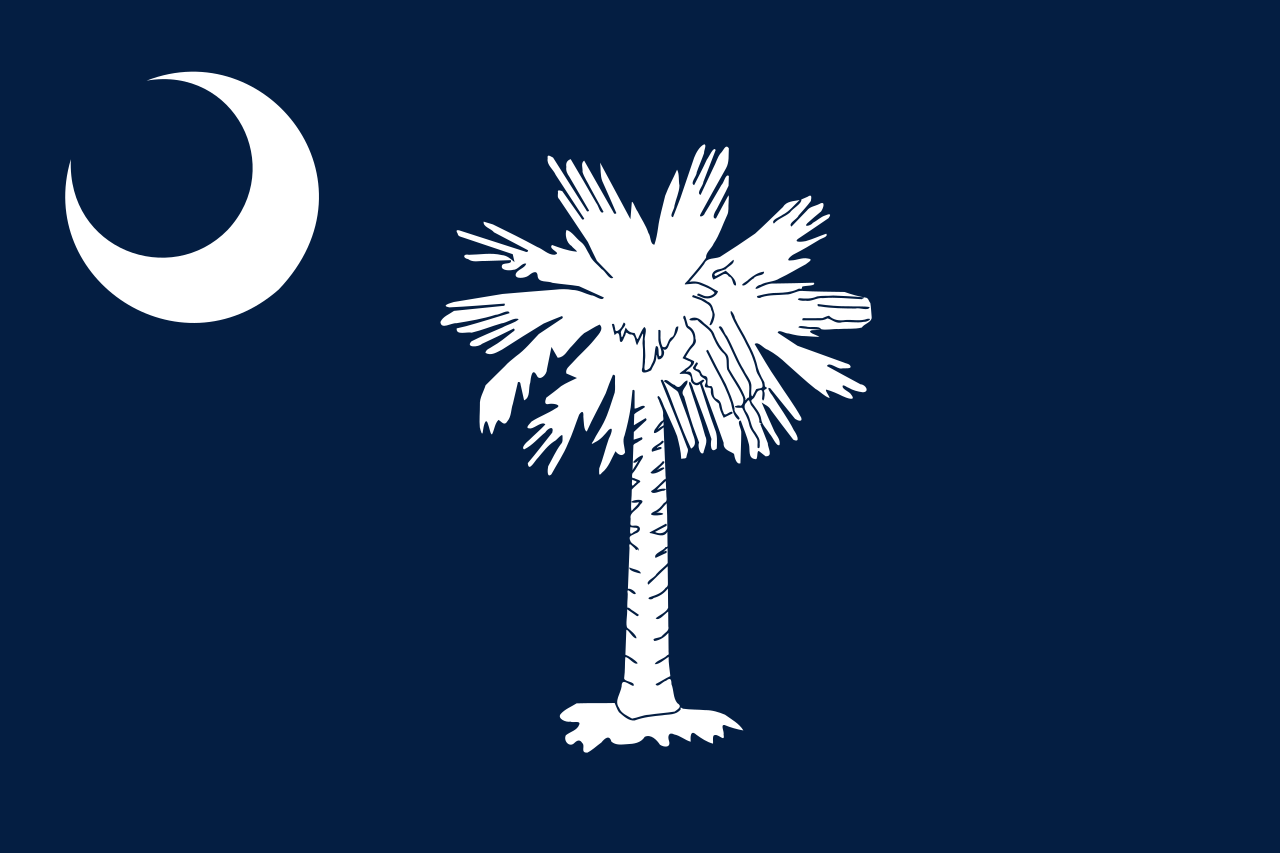 South Carolina-SC
South Carolina-SC

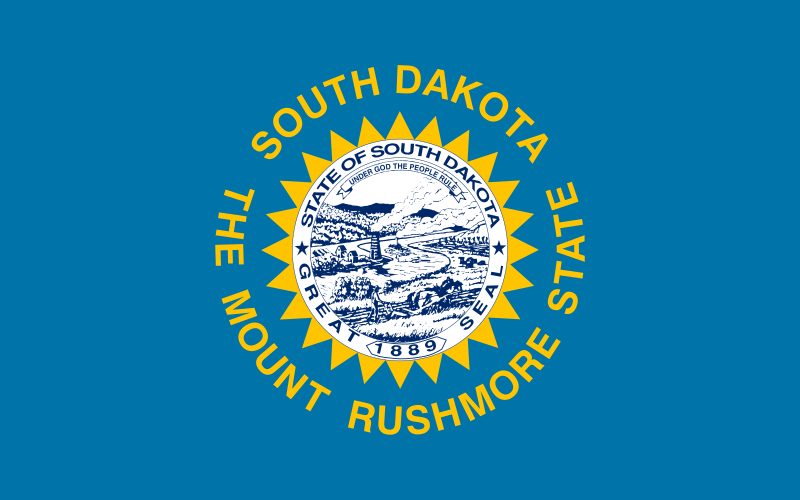 South Dakota-SD
South Dakota-SD

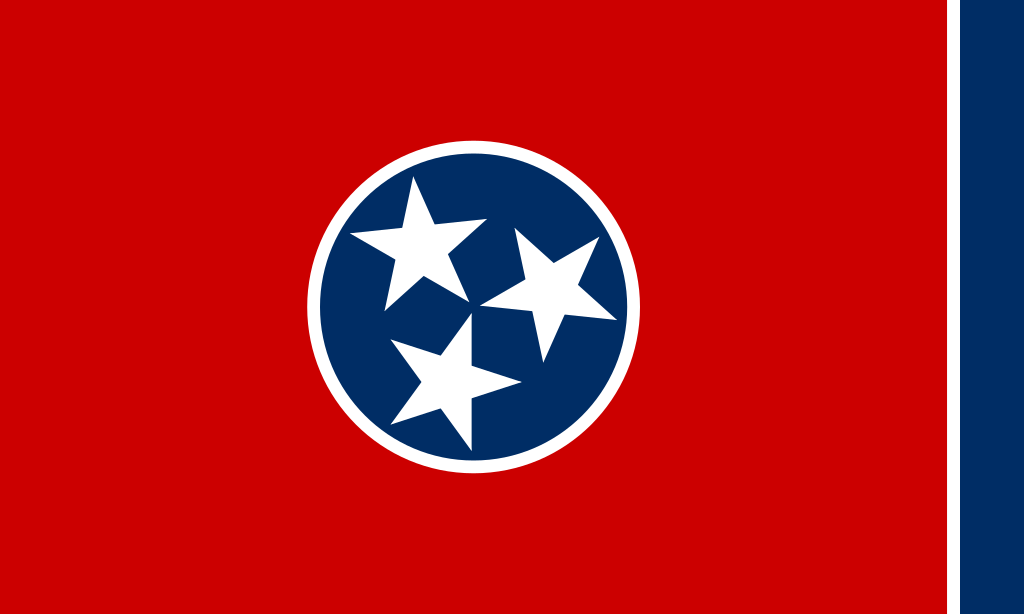 Tennessee-TN
Tennessee-TN

 Texas-TX
Texas-TX

 Universities in the USA
Universities in the USA

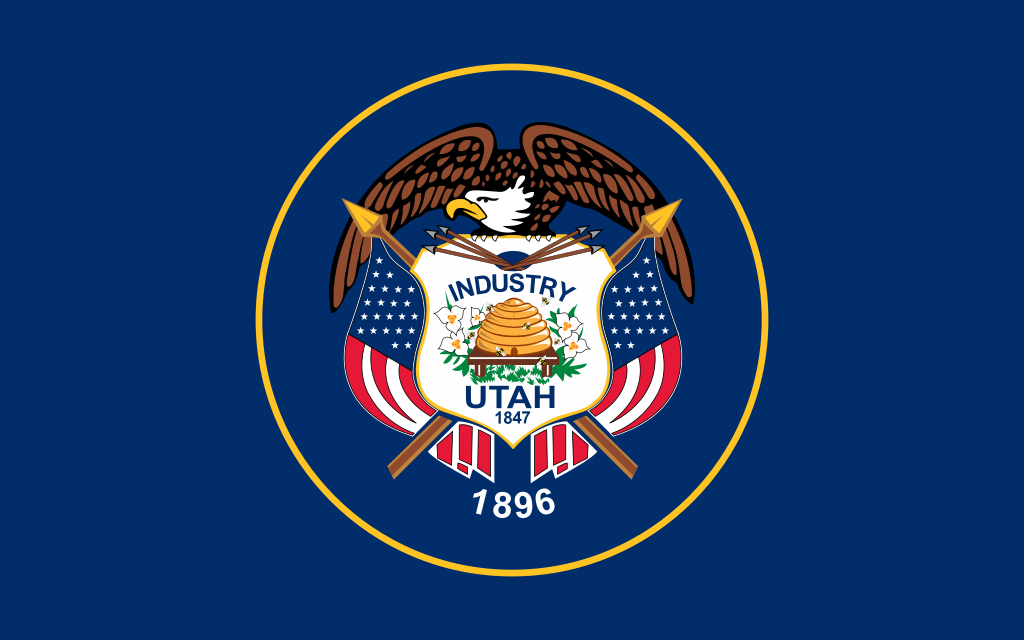 Utah-UT
Utah-UT
 United States
United States

 Vermont-VT
Vermont-VT

 Virginia-VA
Virginia-VA

 Washington-WA
Washington-WA

 Washington, D.C.
Washington, D.C.

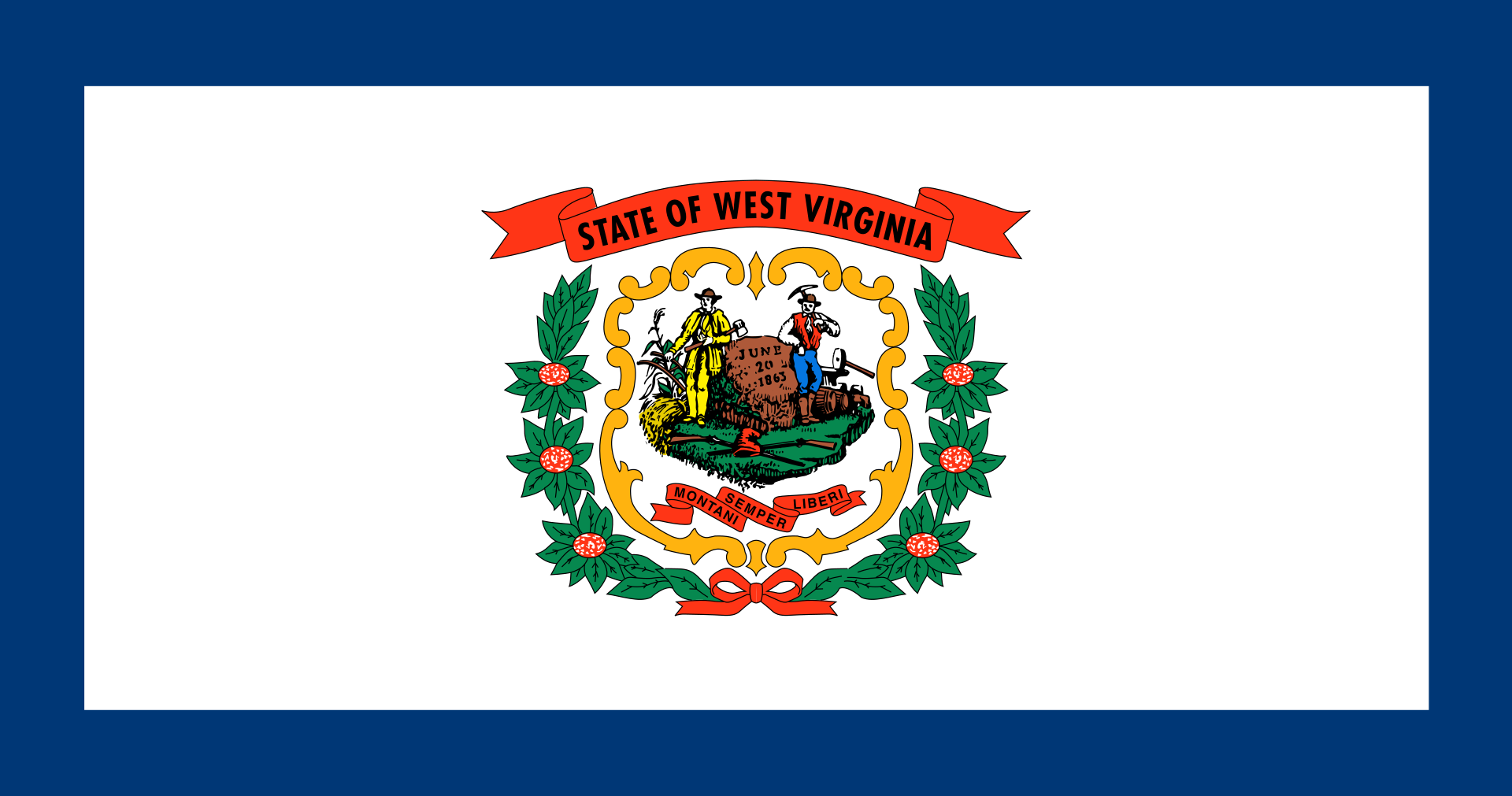 West Virginia-WV
West Virginia-WV

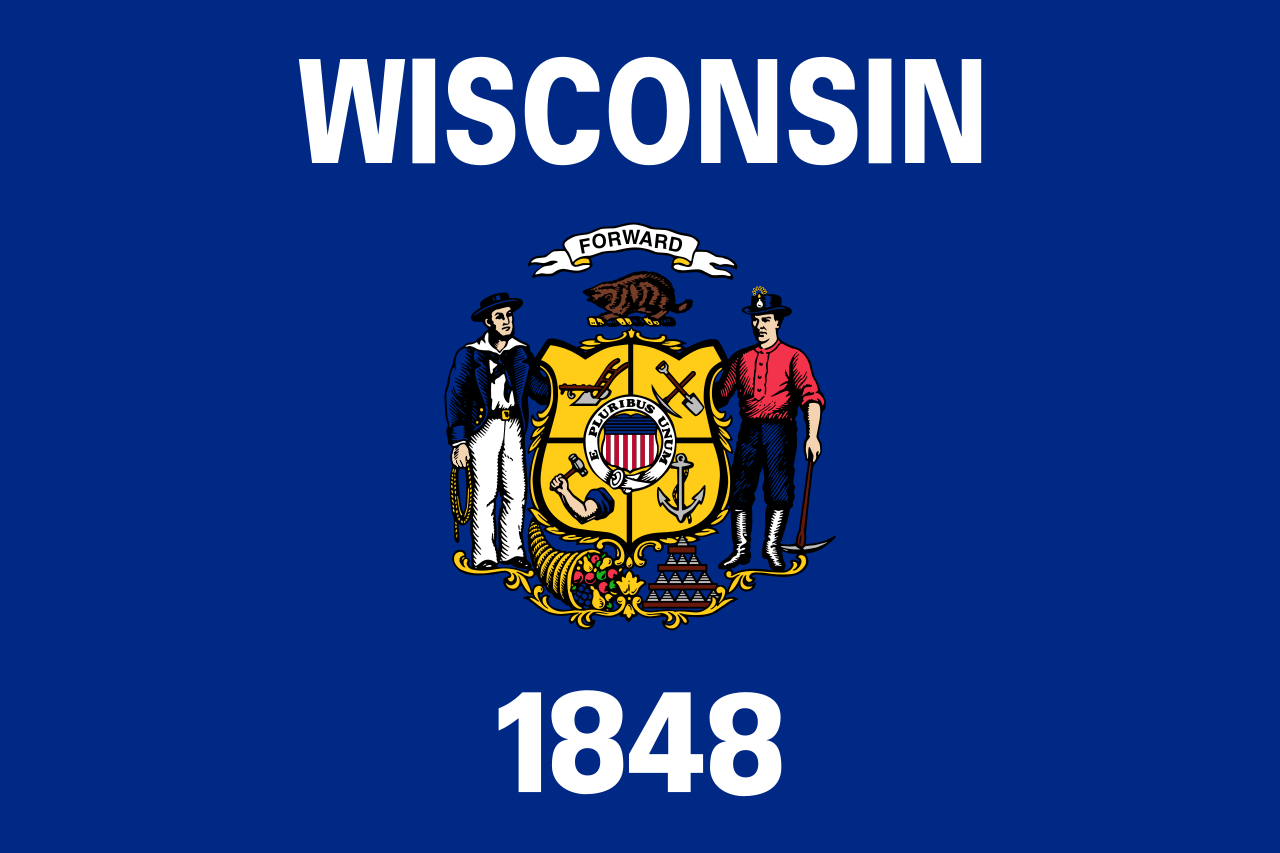 Wisconsin-WI
Wisconsin-WI

 Wyoming-WY
Wyoming-WY



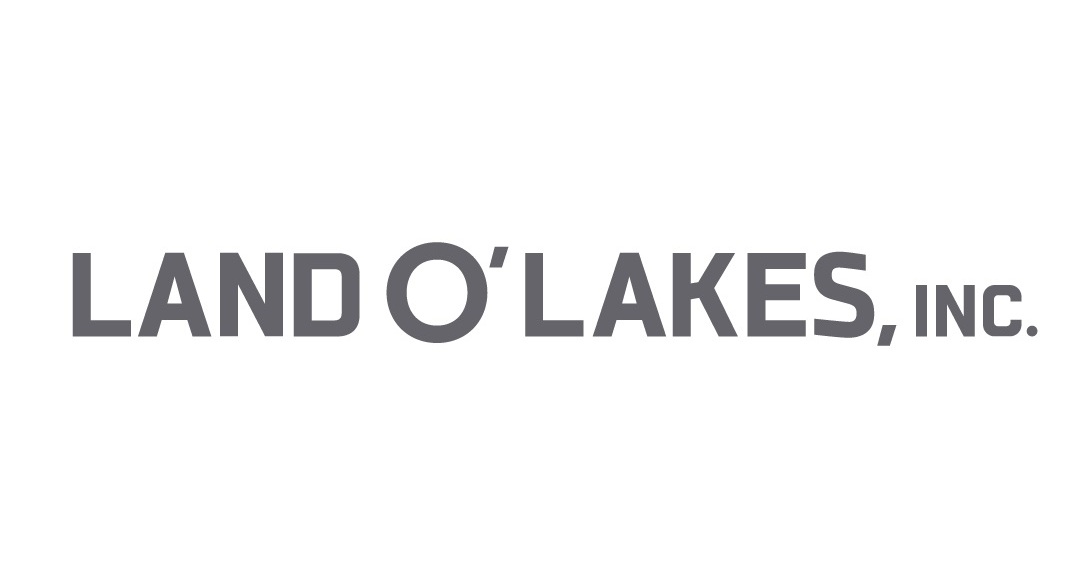

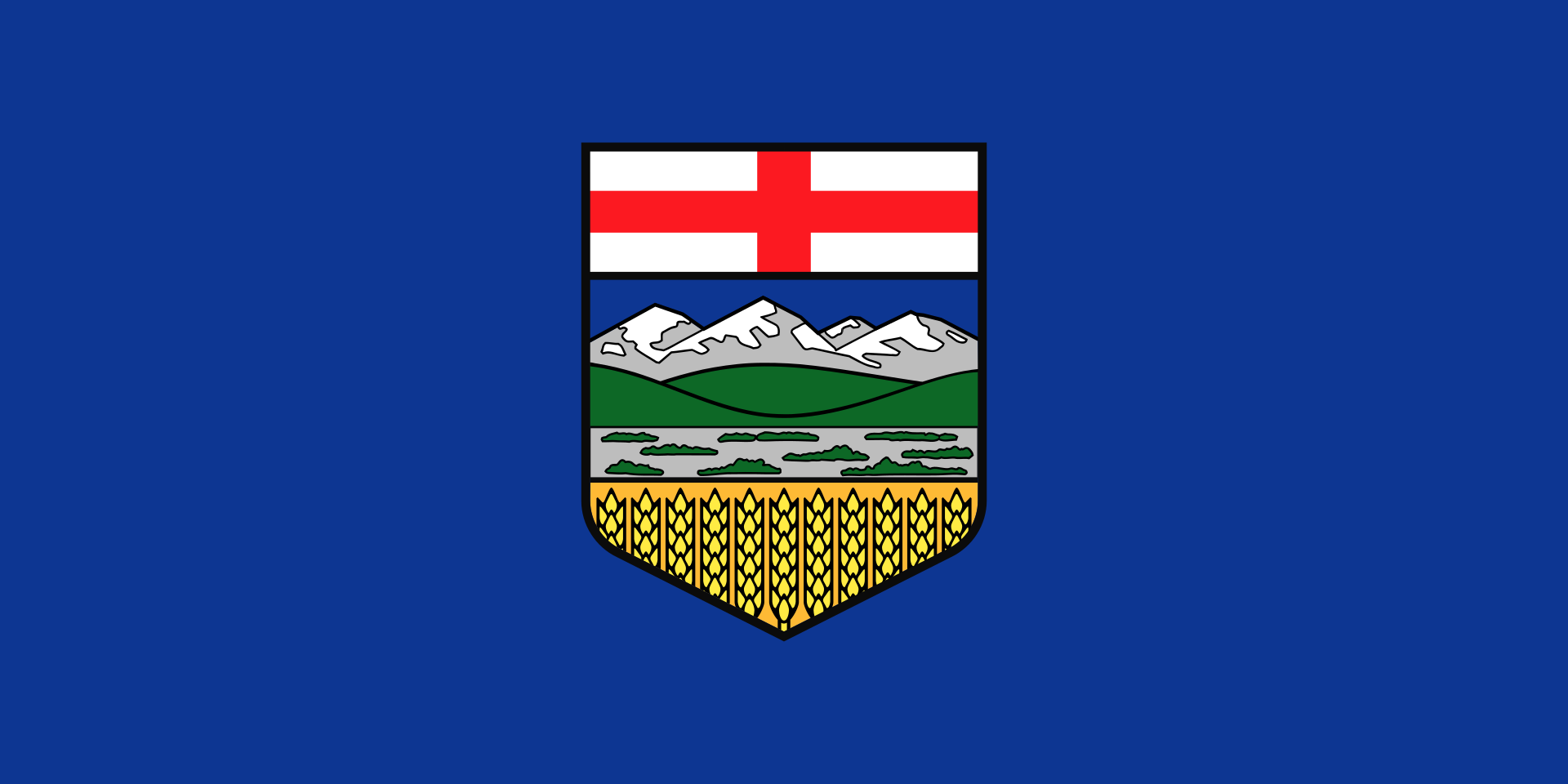 Alberta-AB
Alberta-AB

 Arkansas-AR
Arkansas-AR

 Colorado-CO
Colorado-CO

 Iowa-IA
Iowa-IA

 Kansas-KS
Kansas-KS

 Louisiana-LA
Louisiana-LA

 Manitoba-MB
Manitoba-MB

 Minnesota-MN
Minnesota-MN

 Missouri-MO
Missouri-MO

 Montana-MT
Montana-MT

 Nebraska-NE
Nebraska-NE

 New mexico-NM
New mexico-NM

 North Dakota-ND
North Dakota-ND

 Oklahoma-OK
Oklahoma-OK

 Review
Review

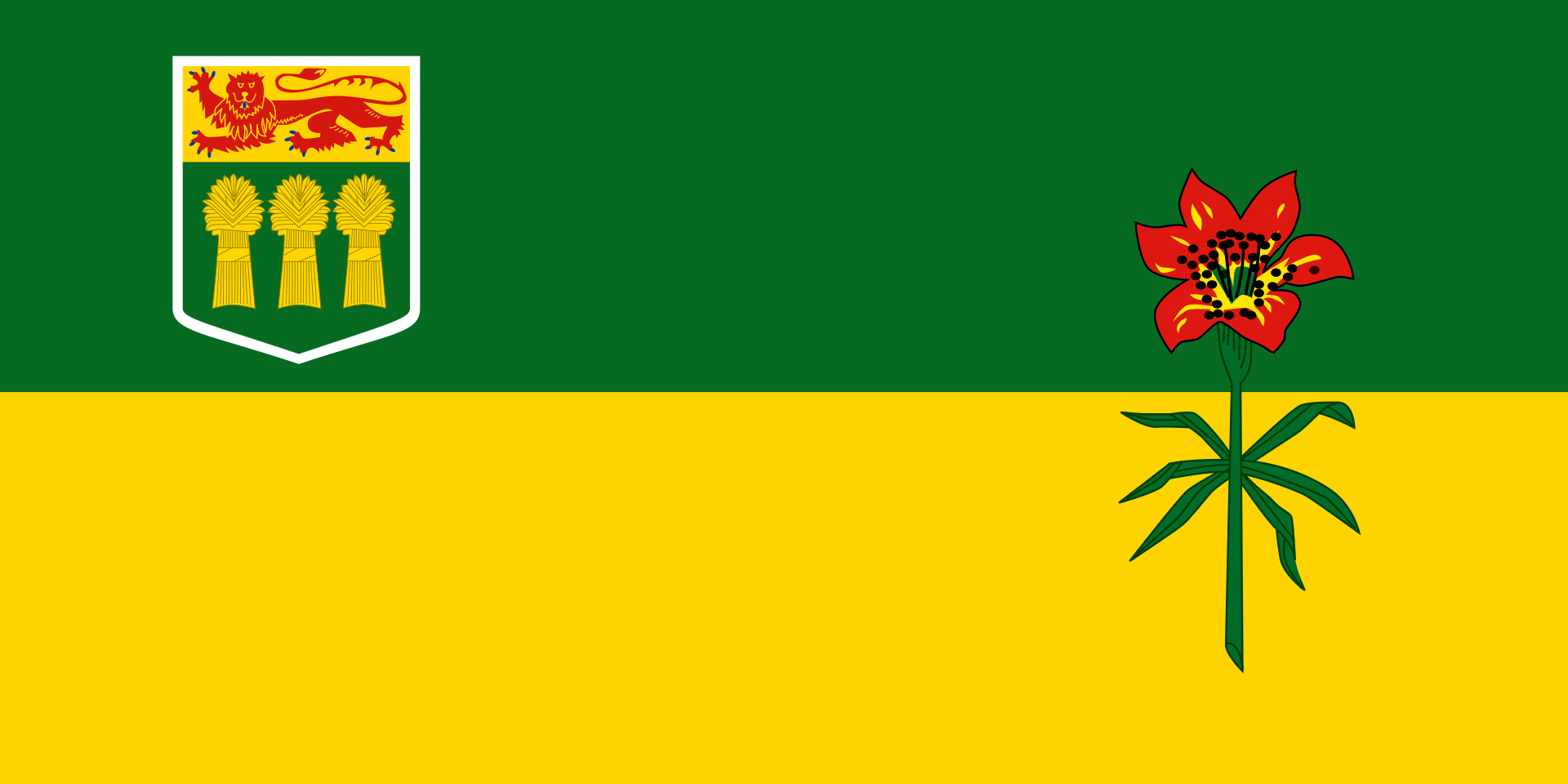 Saskatchewan-SK
Saskatchewan-SK

 South Dakota-SD
South Dakota-SD

 Texas-TX
Texas-TX

 Wyoming-WY
Wyoming-WY

Der Louisiana Purchase (Louisiana-Kauf; im Französischen vente de la Louisiane, d. h. Verkauf von Louisiana) war der Kauf von 2.144.476 km² Land, das die USA 1803 von Frankreich erwarben. Der Kaufpreis betrug damals 15 Millionen US-Dollar oder 80 Millionen französische Francs (7 US-Dollar pro km²). Gemessen an der Kaufkraft entspricht das einem heutigen Wert von circa 251 Millionen US-Dollar oder knapp 117 Dollar pro km² (Stand 2018).[1]
Verkauft wurde das Gebiet der ehemaligen Kolonie Louisiana, das westlich des Mississippi River lag. Dieses Gebiet ist viel größer als der heutige Staat Louisiana: Es umfasst außer Teilen des heutigen Louisiana auch die heutigen Staaten Arkansas, Missouri, Iowa, Oklahoma, Kansas und Nebraska sowie Teile von Minnesota, North Dakota, South Dakota, Texas, New Mexico, Colorado, Wyoming, Montana, außerdem noch Randgebiete der kanadischen Provinzen Manitoba, Saskatchewan und Alberta.
Der Louisiana Purchase war das größte Grundstücksgeschäft der Geschichte. Das gekaufte Land verdoppelte damals das Territorium der Vereinigten Staaten und macht fast ein Viertel des heutigen Staatsgebiets aus.
路易斯安那购地(英语:Louisiana Purchase;法语:Vente de la Louisiane)是美国于1803年以每英亩三美分向法国购买超过529,911,680英亩(2,144,476平方公里)土地的交易案,该交易的总价为1500万美元或相当于8000万法郎;若计算通货膨胀等因素,此数额在今日相当于3亿100万美元。如以国内生产总值相对比例计算,此数额在2004年相当于4,178亿美元。而土地上所有后续条约和财务结算的总成本,估计约为26亿美元。[1]。
法属路易斯安那的版图远超今日美国的路易斯安那州。从南至北,该属地范围包括了现今美国路易斯安那州密西西比河两岸(包括新奥尔良市)、阿肯色州、奥克拉荷马州、德克萨斯州北部边界地带、新墨西哥州东北角、密苏里州、堪萨斯州、科罗拉多州洛基山脉以东、爱荷华州、内布拉斯加州、怀俄明州大部(落基山脉以东)、明尼苏达州密西西比河以西、南达科他州、北达科他州大部、蒙大拿州大部(除西端),以及现今加拿大马尼托巴、萨斯喀彻温、艾伯塔各省之密苏里河流域地区(也即南部边境地带)。购地所涉土地面积是今日美国国土的22.3%,与当时美国原有国土面积大致相当,因此使得当时美国的国土翻倍。


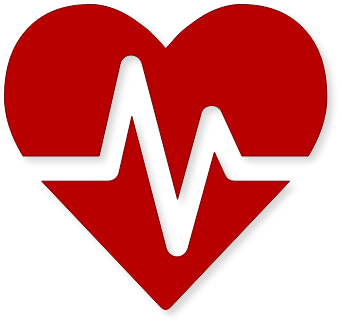 Medical, Pharmaceutical, Rehabilitation
Medical, Pharmaceutical, Rehabilitation
 Hospital
Hospital
 Nobel prize
Nobel prize
 Nobel Prize in Physics
Nobel Prize in Physics
 Nobel prize
Nobel prize
 Nobel Prize in Physiology or Medicine
Nobel Prize in Physiology or Medicine
 Nobel prize
Nobel prize
 University/Institute
University/Institute

梅奥诊所医学中心(英语:Mayo Clinic),又译为梅奥诊所、梅约诊所、马约诊所,是世界最著名的医疗机构之一,位于美国明尼苏达州罗彻斯特(Rochester)。它还有医院设在佛罗里达州的杰克逊维尔(Jacksonville)及亚利桑那州的斯科茨代尔(Scottsdale)。在明尼苏达州、爱荷华州、威斯康辛州还有一些小的诊所和医院。2019年,《美国新闻与世界报道》将其评为美国最佳医院[3]。
梅奥诊所(Mayo Clinic)2017年综合财务报告显示,其2017年营业利润达7.07亿美元,营收120亿美元。相比2016年,营业利润增长了超过2.25亿美元,主营业务收入增长了10亿美元。营业利润率也从2016年的4.3%增长至2017年的5.9%
Mayo Clinic (deutsch Mayo-Klinik) ist eine US-amerikanische Non-Profit-Organisation mit Sitz in Rochester, Minnesota, und Betreiber der Mayo-Kliniken. Darüber hinaus ist Mayo Clinic auch in der Forschung und Ausbildung tätig.
Weitere Niederlassungen gibt es in Jacksonville, Florida, und Scottsdale, Arizona. Zusätzlich gehören zu dem Mayo Health System weitere kleinere Praxen und Krankenhäuser in Minnesota, Iowa, und Wisconsin.
メイヨー・クリニック(Mayo Clinic)は、アメリカ合衆国ミネソタ州ロチェスター市に本部を置く総合病院。ロチェスターのほかフロリダ州ジャクソンビルとアリゾナ州スコッツデールに支部を置いている。また、「メイヨー・ヘルス・システム」として、ミネソタ州内のみならずアイオワ州、ウィスコンシン州でも病院や診療所を運営している。メイヨー・クリニックは常に全米で最も優れた病院のひとつに数えられている。USニューズ&ワールド・レポート誌の「全米の優れた病院」2018-2019年版では、メイヨー・クリニックは1位にランクされた[1]。メイヨーの統合的なグループ活動は世界中で注目されている[2]。それ故、過去にメイヨー・クリニックで診療を受けた患者にはアメリカ合衆国の歴代大統領やヨルダン国王をはじめ、各界のVIPが名を連ねている。
大規模な総合病院であるにもかかわらず、「クリニック」という名前がついていることから小さな診療所を想像しがちであるが、この名は初期のメイヨー・クリニックがロチェスターの小さな診療所として始まったことに由来している。附設のメイヨー医学校も含め、メイヨー・クリニックは国内外で高い評価を受けている医療研究機関でもある。歴史的には、メイヨー・クリニックはアメリカ合衆国で初めてレジデンシー制度を取り入れ、卒業後の臨床研修におけるモデルを作り上げた先駆的な存在である。
メイヨー・クリニックの第一のバリューはThe needs of the patient come first.(患者のニーズが第一)である。また、Mayo will provide the best care to every patient every day through integrated clinical practice, education, and research.(メイヨーは統合的な医療活動、教育、研究を通じて、毎日、全ての患者に最善の治療を提供する)というミッションを掲げている[3]。
収益面では、メイヨー・クリニックはブルー・クロス・アンド・ブルー・シールド協会に次いでミネソタ州第2の非営利組織である。2004年には、メイヨー・クリニックは56億ドルの収益を上げた。クリニックの教育・研究活動は医療活動での収益を財源として行われている。2004年には、クリニックは513,377人の患者を診療し、通院患者は延べ2,271,484人、入院患者は130,093人、患者の入院日数の合計は599,002日にのぼった。
メイヨー・クリニックは医師への給与システムでもアメリカ合衆国内の他病院とは一線を画している。アメリカ合衆国内においては通常、医師は診療した患者数に応じて給与が支払われる。しかしメイヨー・クリニックにおいては、患者数に関わりなく医師の市場価値に応じて一定の給与が支払われるシステムになっている。このシステムにより、医師は患者の回転率を気にすることなく、1人1人の患者に十分な時間をかけることができる。
Mayo Clinic is an American nonprofit academic medical center focused on integrated patient care, education, and research.[6] It employs over 4,500 physicians and scientists, along with another 58,400 administrative and allied health staff, across three major campuses: Rochester, Minnesota; Jacksonville, Florida; and Phoenix/Scottsdale, Arizona.[7][8] The practice specializes in treating difficult cases through tertiary care and destination medicine. It is home to the top-ten ranked Mayo Clinic Alix School of Medicine in addition to many of the highest regarded residency education programs in the United States.[9][10][11] It spends over $660 million a year on research and has more than 3,000 full-time research personnel.[12][13]
William Worrall Mayo settled his family in Rochester in 1864 and opened a sole proprietorship medical practice that evolved under his sons, Will and Charlie Mayo, along with practice partners Drs. Stinchfield, Graham, Plummer, Millet, Judd, and Balfour, into Mayo Clinic. Today, in addition to its flagship hospital in Rochester, Mayo Clinic has major campuses in Arizona[14] and Florida.[15] The Mayo Clinic Health System also operates affiliated facilities throughout Minnesota, Wisconsin, and Iowa.[16]
Mayo Clinic is ranked number 1 in the United States for 2019-20 U.S. News & World Report Best Hospitals Honor Roll,[17] maintaining a position at or near the top for more than 27 years.[18] It has been on the list of "100 Best Companies to Work For" published by Fortune magazine for fourteen consecutive years, and has continued to achieve this ranking through 2017.[19][20] Drawing in patients from around the globe, Mayo Clinic performs near the highest number of transplants in the country, including both solid organ and hematologic transplantation.
La Mayo Clinic (Mayo Clinic College of Medicine and Science) est une fédération hospitalo-universitaire et de recherche américaine. De réputation mondiale, le siège en est situé dans la ville de Rochester, Minnesota. En 2019-2020, la Mayo Clinic est classée meilleur hôpital des États-Unis, toutes spécialités confondues, par le magazine US News & World Report1. La Mayo Clinic est aussi classée meilleur hôpital au monde en 2020 par le magazine Newsweek2. La Mayo Clinic a plus de 60 000 employés3.
La Mayo Clinic è un'organizzazione non-profit per la pratica e ricerca medica che si trova in tre aree metropolitane degli Stati Uniti d'America: Rochester nel Minnesota, Jacksonville in Florida e Phoenix in Arizona. Il sistema di Mayo Clinic Health consiste in più di 70 ospedali e cliniche in Minnesota, Iowa e Wisconsin. La Mayo Clinic gestisce anche diversi college di medicina, tra cui il Mayo Medical School. La Mayo Clinic è nota per essere in cima alla lista dei più accreditati standard di qualità.[1] La Mayo Clinic è stata sulla rivista Fortune nella lista "100 Best Companies to Work For" per otto anni consecutivi.[2][3]
La Clínica Mayo (en inglés:Mayo Clinic) es una entidad sin ánimo de lucro dedicada a la práctica clínica, la educación y la investigación. Su sede central, la Mayo Medical School (en español, Escuela de Medicina Mayo), y sus dependencias para la investigación están situadas en Rochester, Minnesota. Además posee hospitales y clínicas en Jacksonville (Florida) y Scottsdale y Phoenix (Arizona). Está asociada con varias pequeñas clínicas y hospitales de Minnesota, Iowa y Wisconsin, y con la organización Mayo Health System (en español, Organismo de Salud Mayo).
Por razones históricas, se la ha llamado "Clínica Mayo" en vez de la "Clínica de Mayo". La Clínica Mayo era, en origen, una pequeña clínica de consultas externas. La Clínica Mayo remunera a los médicos con un salario fijo que no se ve afectado por el volumen de pacientes que atienden. Los salarios se equiparan a los pagados en otras organizaciones médicas comparables.
Todos los años, miles de pacientes procedentes de todo el mundo viajan a Mayo Clinic de Arizona, Florida y Minnesota en busca de atención médica. Para los pacientes internacionales Mayo Clinic ofrece, intérpretes, oficinas especiales para pacientes internacionales que ofrecen asistencia durante toda la visita y traducción de material escrito.
En el sistema de Mayo Clinic trabajan más de 3.700 médicos y científicos, aparte de un personal de apoyo de 50.000 personas. Los médicos de Mayo comparten la información del paciente a través de un expediente electrónico unificado, además de, normalmente, recurrir a la pericia de sus compañeros médicos.
Клиника Мэйо (Mayo Clinic) — некоммерческая организация, один из крупнейших частных медицинских и исследовательских центров мира. Основной работодатель и градообразующее предприятие[1] американского города Рочестер (штат Миннесота). Здания клиники занимают значительную часть городского центра.
Доктор Уильям Уоррэл Мэйо (1819—1911) был направлен по распределению в Рочестер в 1863 году, в связи с событиями Гражданской войны. Он решил остаться в этом городке насовсем и через год перевёз в Рочестер свою семью. После четверти века медицинской практики на пожертвования женского монастыря св. Франциска (англ.), признательного ему за помощь в ликвидации последствий разрушительного урагана, он открыл в 1889 году клинику.
До 1939 года клинику возглавляли два его сына — Уильям Джеймс и Чарльз Хорейс. Превращением в медицинский центр национального масштаба учреждение обязано их партнёру Генри Стэнли Пламмеру (1874—1936), который внедрял новаторские подходы к диагностике, разработал оригинальную систему учёта пациентов[2]. Его имя носит старейшее здание кампуса, построенное в 1927 году в стиле ар-деко. На тот момент это здание было самым высоким в штате. В 1969 году внесено в Национальный реестр исторических мест США.
По состоянию на 2012 год клиника Мэйо является образцовым медицинским центром, в котором работают 50,9 тысяч человек, среди которых 3 800 докторов и учёных. Выручка клиники за 2012 год превысила $8,8 млрд; порядка $500 млн выделяется на научные исследования[3]. Годовая выручка клиники в 2013 году по данным Forbes составила $3,74 млрд[4]. При больнице действует престижное медицинское училище. Лечебные учреждения под эгидой Mayo Clinic работают в 70 городах США, наиболее крупные подразделения — в Финиксе и Джексонвилле.
 Ireland
Ireland

 Medical, Pharmaceutical, Rehabilitation
Medical, Pharmaceutical, Rehabilitation
 Medical Equipment
Medical Equipment

 Medical equipment
Medical equipment
 Herzintervention
Herzintervention

 Medical equipment
Medical equipment
 Dental Equipment
Dental Equipment

 Minnesota-MN
Minnesota-MN

 Science and technology
Science and technology
 Global Innovators
Global Innovators


Minneapolis [ˌmɪnɪˈæpəlɪs] ist mit rund 430.000 Einwohnern die bevölkerungsreichste Stadt im US-Bundesstaat Minnesota. Zusammen mit St. Paul bildet sie die Metropolregion der Twin Cities mit über 3,6 Millionen Einwohnern (Stand 2020).
Der Name der Stadt entstammt einer Wortkombination aus zwei Sprachen, dem Wort der Dakota-Indianer für Wasser („minne“) und dem griechischen Wort für Stadt („polis“).
明尼阿波利斯(英语:Minneapolis)是美国明尼苏达州最大的城市,该州东南部亨内平县的县治[4]。该市位于密西西比河的两岸,明尼苏达河与密西西比河汇流点以北,紧邻明尼苏达州首府圣保罗,两市合称“双子城”,一同构成明尼阿波利斯—圣保罗都会区的核心。该都会区拥有约380万居民,位列美国第14大都市区[1]。在2014年,明尼阿波利斯城市人口估计为407,207人,是美国第46大城市和明尼苏达州最大的城市[5]。
明尼阿波利斯是一个水资源丰富的城市,拥有20处湖泊和湿地、密西西比河河滨,以及众多的溪流与瀑布。
明尼阿波利斯在历史上曾是世界的面粉工业之都和重要的伐木业中心,如今,该市仍然是芝加哥与西雅图之间广阔区域最重要的商业中心。[6]明尼阿波利斯也拥有众多吸引着创作者与观众的文化机构,涉及戏剧、视觉艺术、文学和音乐各个领域,其中著名的格斯里剧院是纽约百老汇以外的地方剧院的先驱。该市还拥有多样化的人口,长期以来形成了通过公共社会改良规划或私人的善举来支持慈善事业的传统。明尼阿波利斯也是公共园林系统的典范,每个家庭到公园的距离都在800米之内。
该市名称“Minneapolis”的命名者是该市第一位学校教师,他将拉科塔语中表示水的词“mni”和希腊语表示城市的词“polis”组合成该市的名称。[7][8]明尼阿波利斯的绰号是“湖城(City of Lakes)”和“面粉城(Mill City)”[6]。
 Eat and Drink
Eat and Drink
 Architecture
Architecture
 Religion
Religion
 Geography
Geography
 Agriculture, forestry, livestock, fishing
Agriculture, forestry, livestock, fishing
 History
History
 International cities
International cities